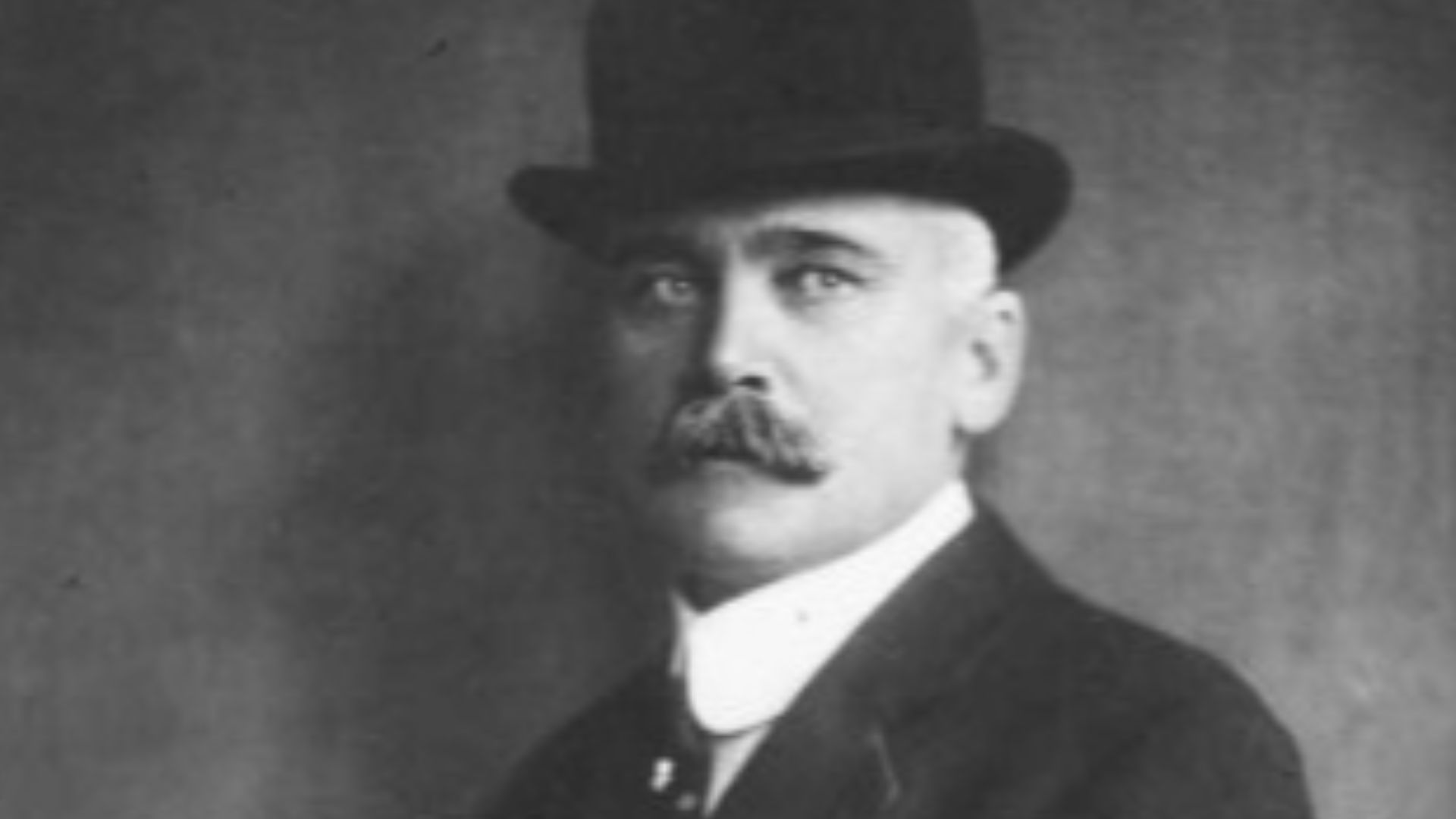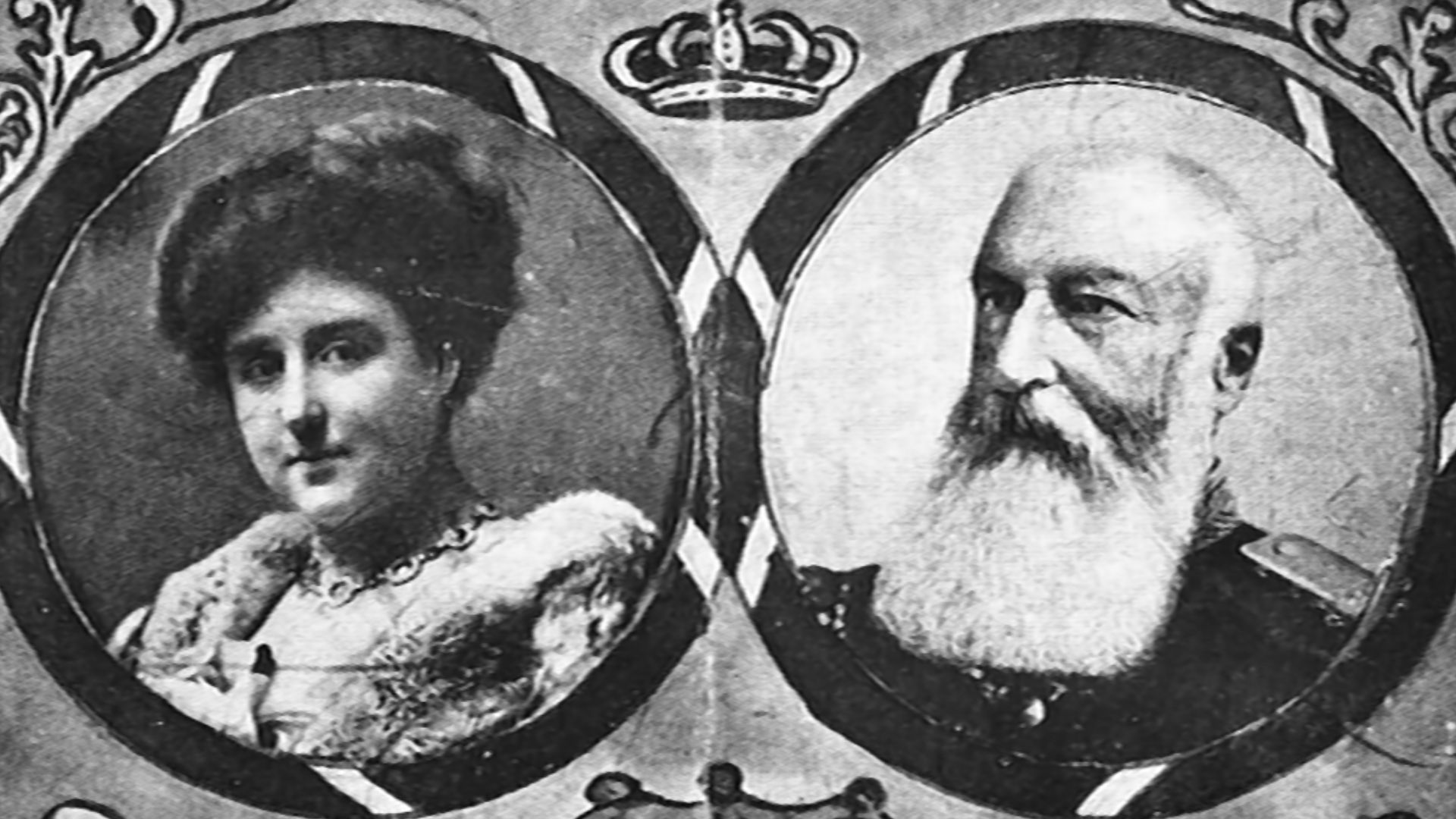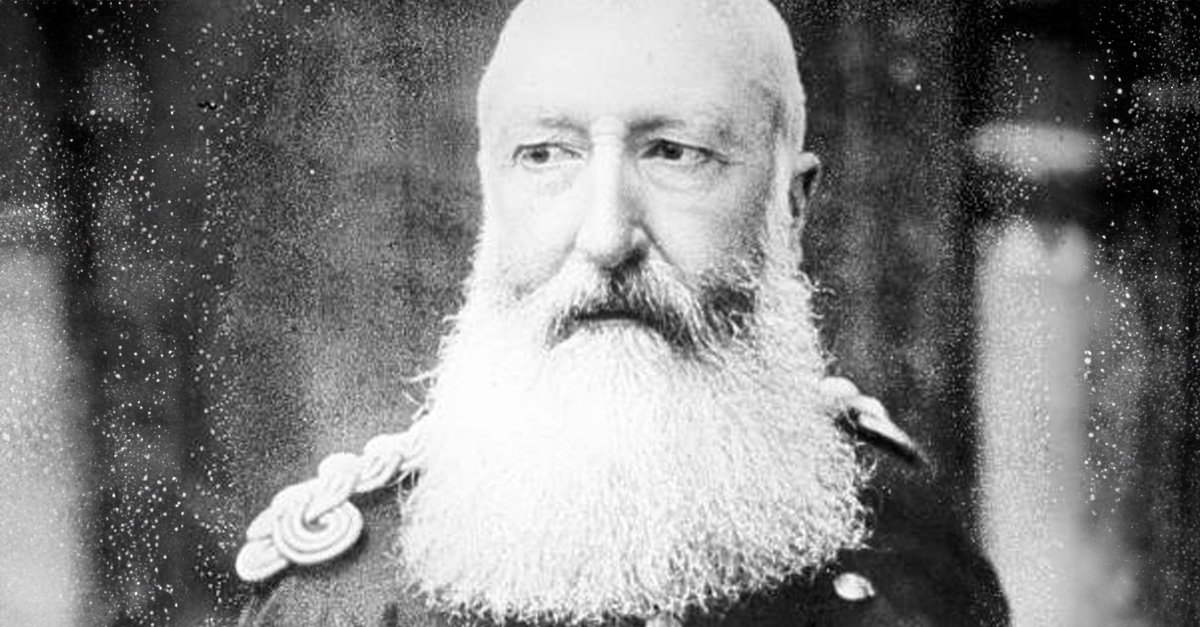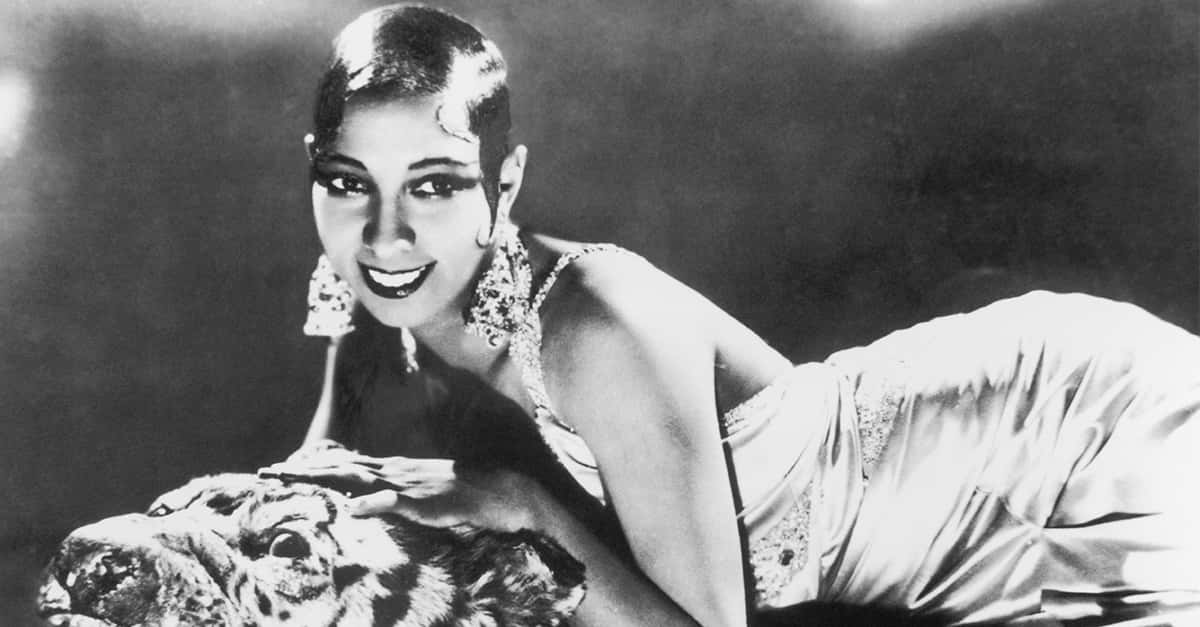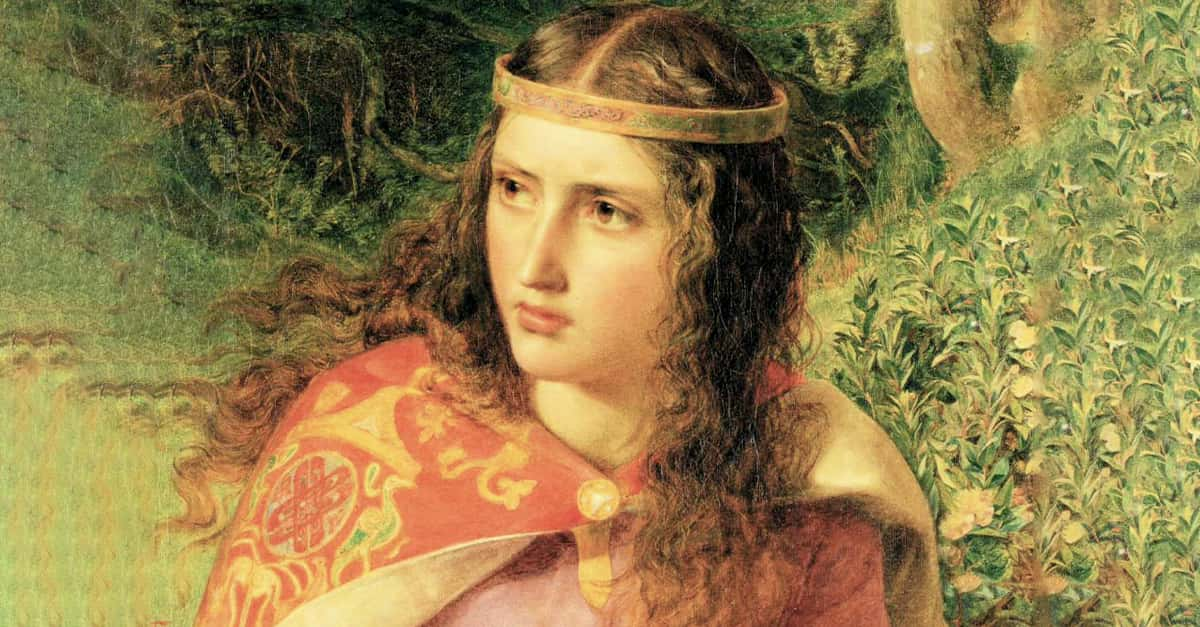She Could Have Been Empress, But For…
Princess Stéphanie of Belgium was not the average royal. After a brutal childhood, she married a beast of a husband whose fatalistic mood swings dashed her hopes of becoming Empress. When she finally forged a path of her own, her actions created an irreparable rift in her family and shook the House of Saxe-Coburg and Gotha down to its foundations.
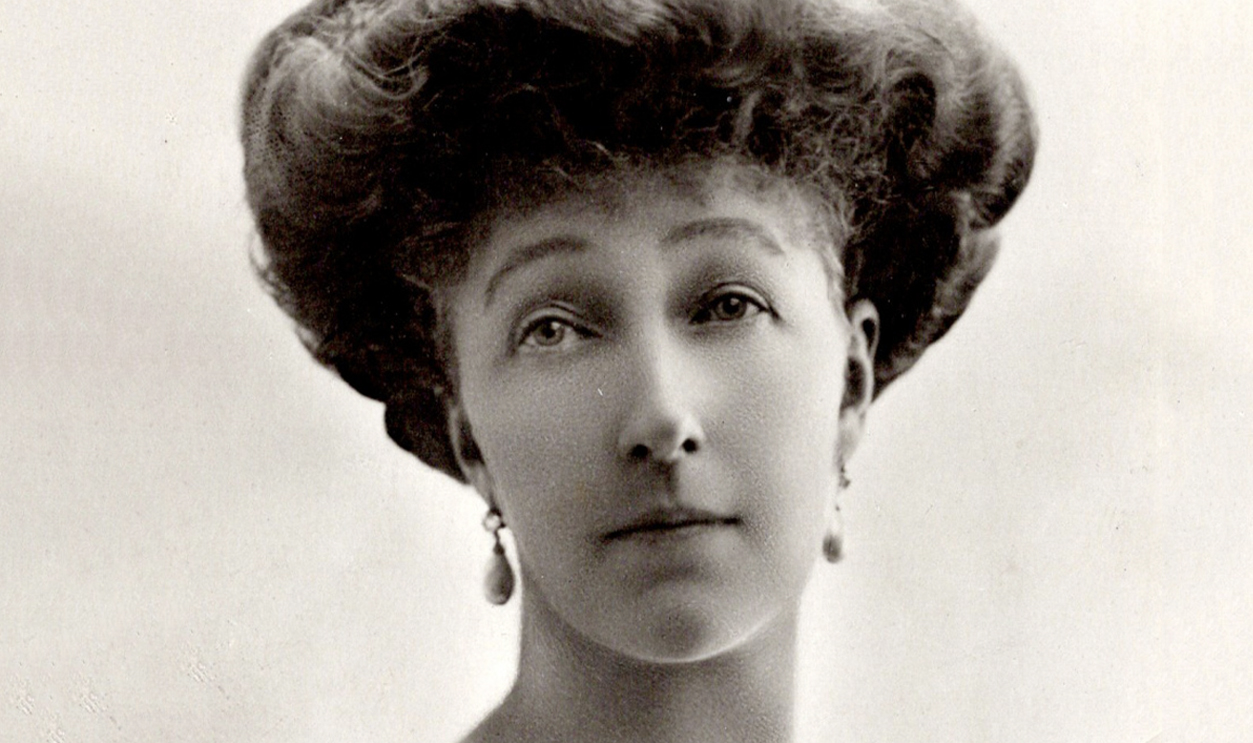
1. She Was Born Into A Royal Powder Keg
Princess Stéphanie Clotilde Louise Herminie Marie Charlotte of Belgium (or just Stéphanie) came into the world with a silver spoon in her mouth—and a powder keg in her crib. Her parents, the Duke and Duchess of Brabant, were a wildly mismatched pair whose miserable marriage foreshadowed her own tragic union.
At least she had the trappings of happiness.
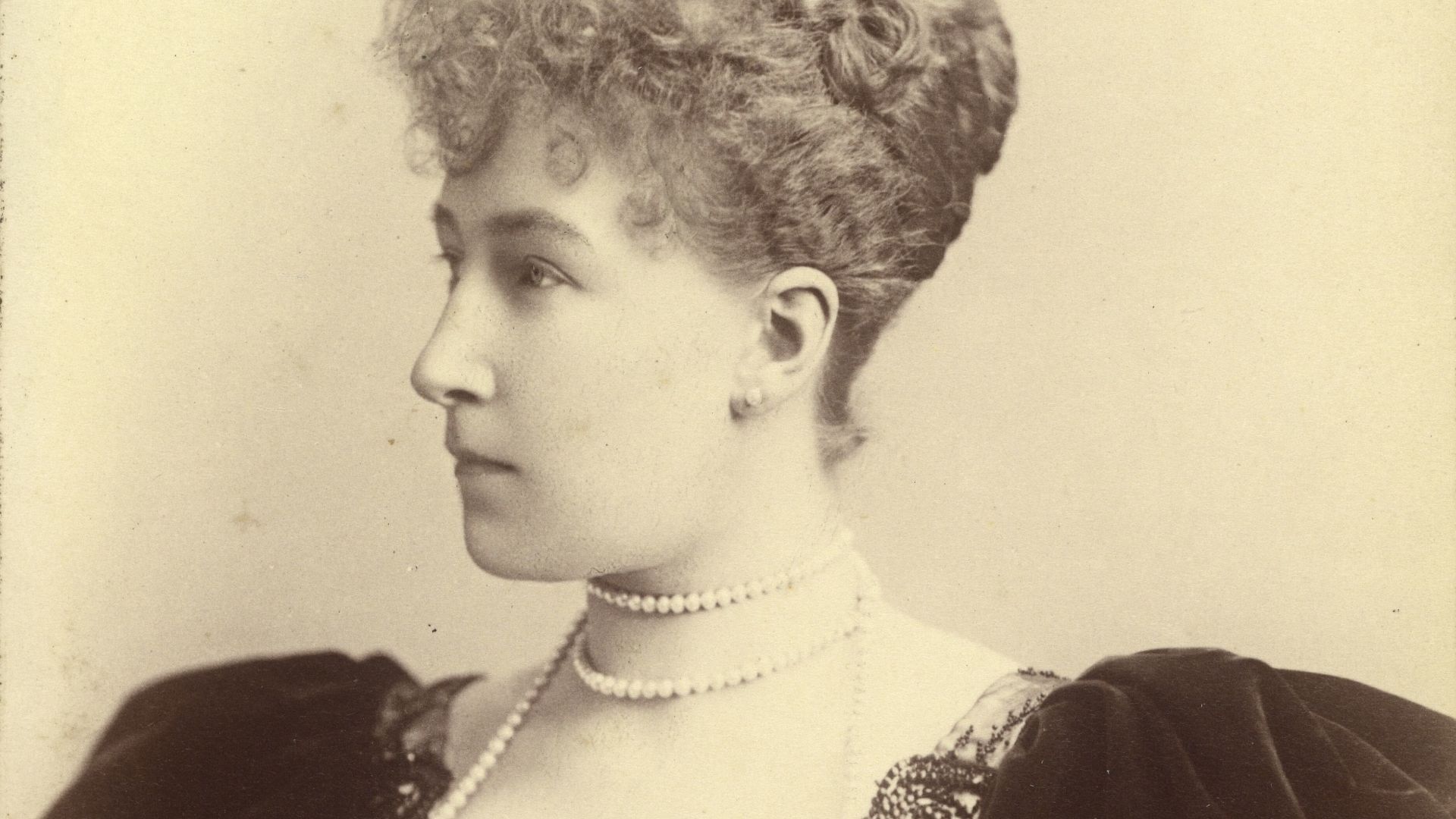 Othmar von Turk, Wikimedia Commons
Othmar von Turk, Wikimedia Commons
2. She Had A Baptism Fit For An Empress
Stéphanie hardly needed a husband to receive imperial treatment. Born on May 21, 1864, at the Palace of Laeken, her first days were filled with opulence befitting an empress. After an emergency baptism on the day of her birth, she had a second, lavish ceremony a month later. The event lasted a full hour and ended with a 60-guest gala.
She was a lot closer to the throne than she knew.
 Unknown authorUnknown author, Wikimedia Commons
Unknown authorUnknown author, Wikimedia Commons
3. Her World Changed Overnight
In 1865, not long after her birth, Stéphanie took one step closer to ultimate power when her grandfather, King Leopold I, passed away. Her family would never be the same. Her father took the throne as Leopold II, while her beloved older brother became heir. But just a few years later, a tragic accident sent their world spiraling.
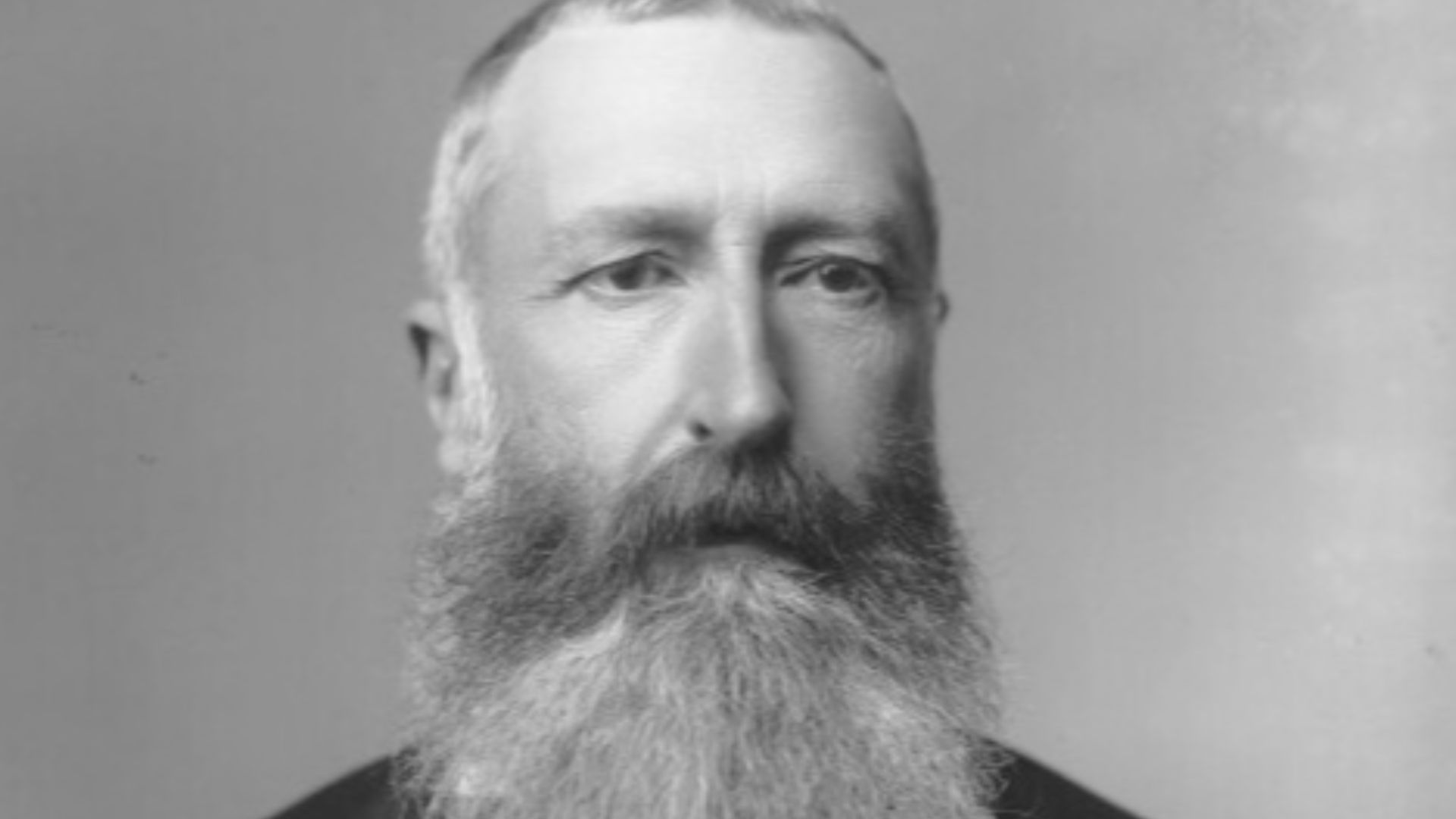 Alexander Bassano, Wikimedia Commons
Alexander Bassano, Wikimedia Commons
4. She Lost Her Brother
Not even three years after losing her grandfather, Stéphanie’s family faced tragedy again. This time, her older brother, Leopold, the young Duke of Brabant, fell into a pond. While he didn’t drown, he didn’t make it out unscathed. For months, Leopold suffered from pneumonia, ultimately succumbing to the horrifying illness.
Stéphanie’s world would never be the same.
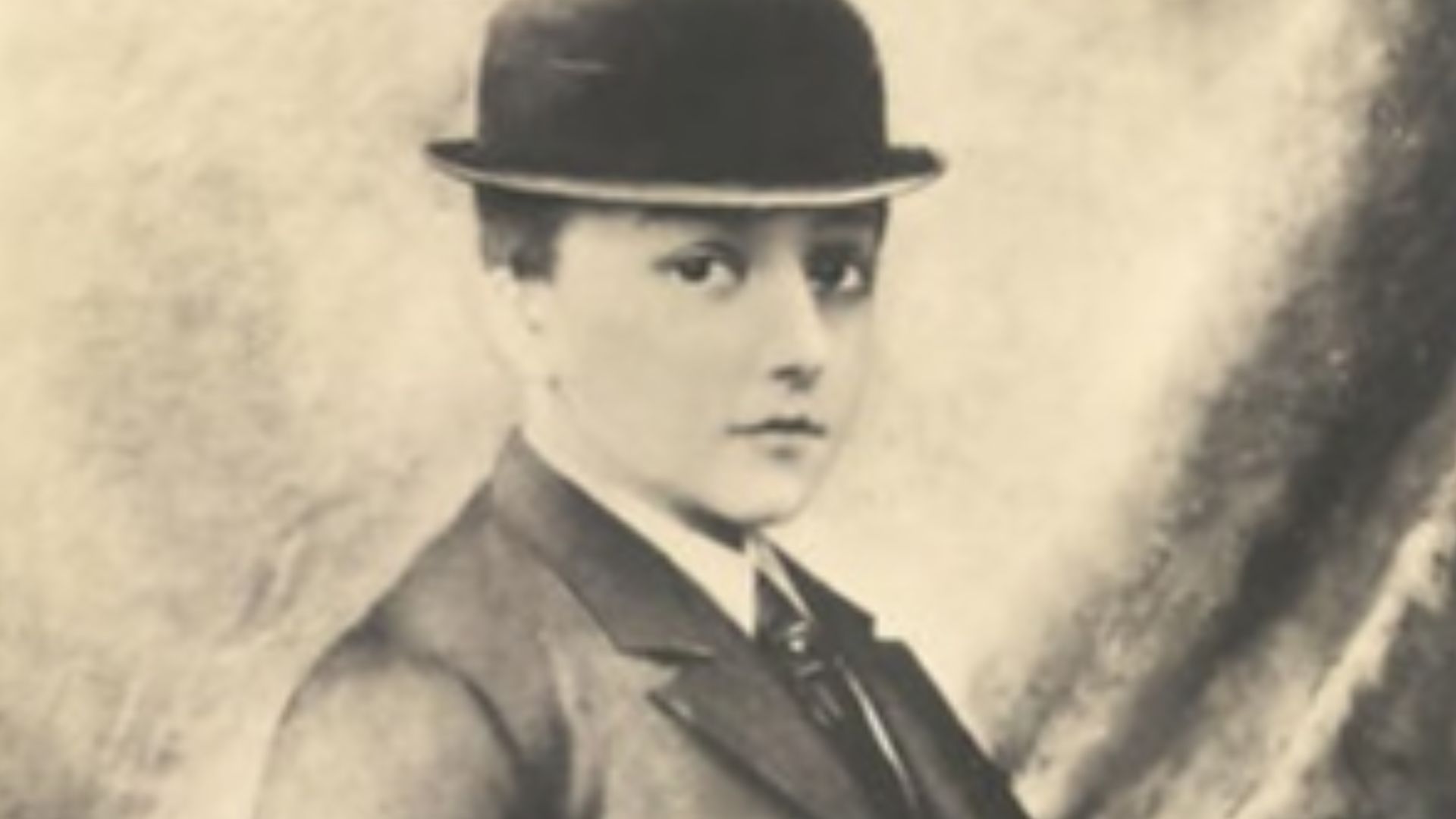 Unknown authorUnknown author, Wikimedia Commons
Unknown authorUnknown author, Wikimedia Commons
5. Her First Memory Was Not A Good One
Even though Stéphanie was just four years old at the time, she felt the loss of her older brother particularly keenly. “The first event that was deeply engraved in my memory,” she later wrote in her memoirs, “was the death of this beloved brother”. Stéphanie’s parents also never recovered from the loss—and they were about to lose a whole lot more.
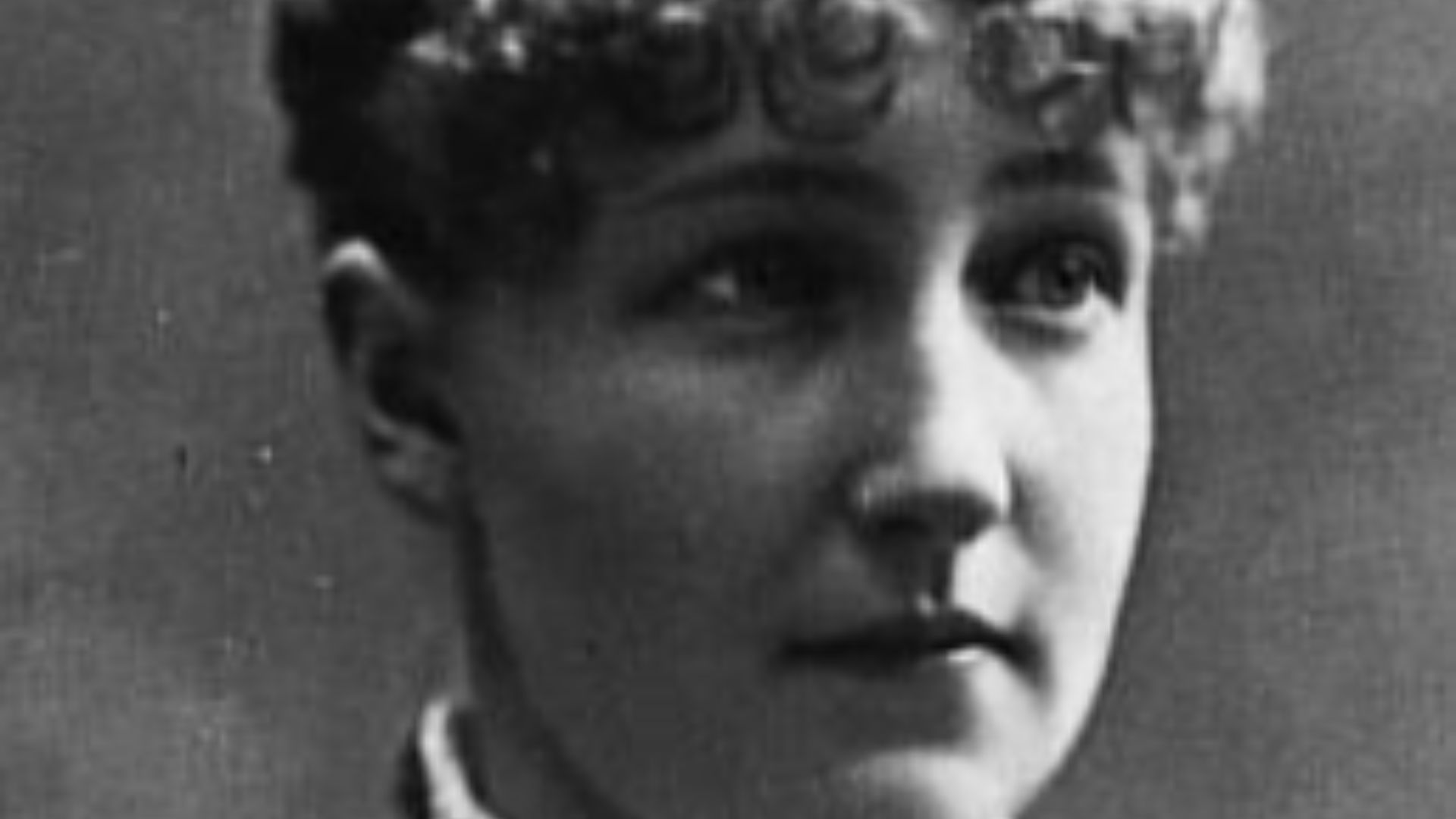 Unknown photographer of the imperial family of Austria., Wikimedia Commons
Unknown photographer of the imperial family of Austria., Wikimedia Commons
6. She Nearly Bit The Dust Herself
In 1871, as typhus swept through Brussels, Stéphanie became gravely ill. Her parents, fearing the loss of yet another child, stood vigil at her bedside for weeks. With her life hanging by a thread—and the future of the House of Saxe-Coburg and Gotha hanging with it—even the royal nanny wept openly. If it hadn’t been for a mysterious figure, Stéphanie would have joined her brother in the afterlife.
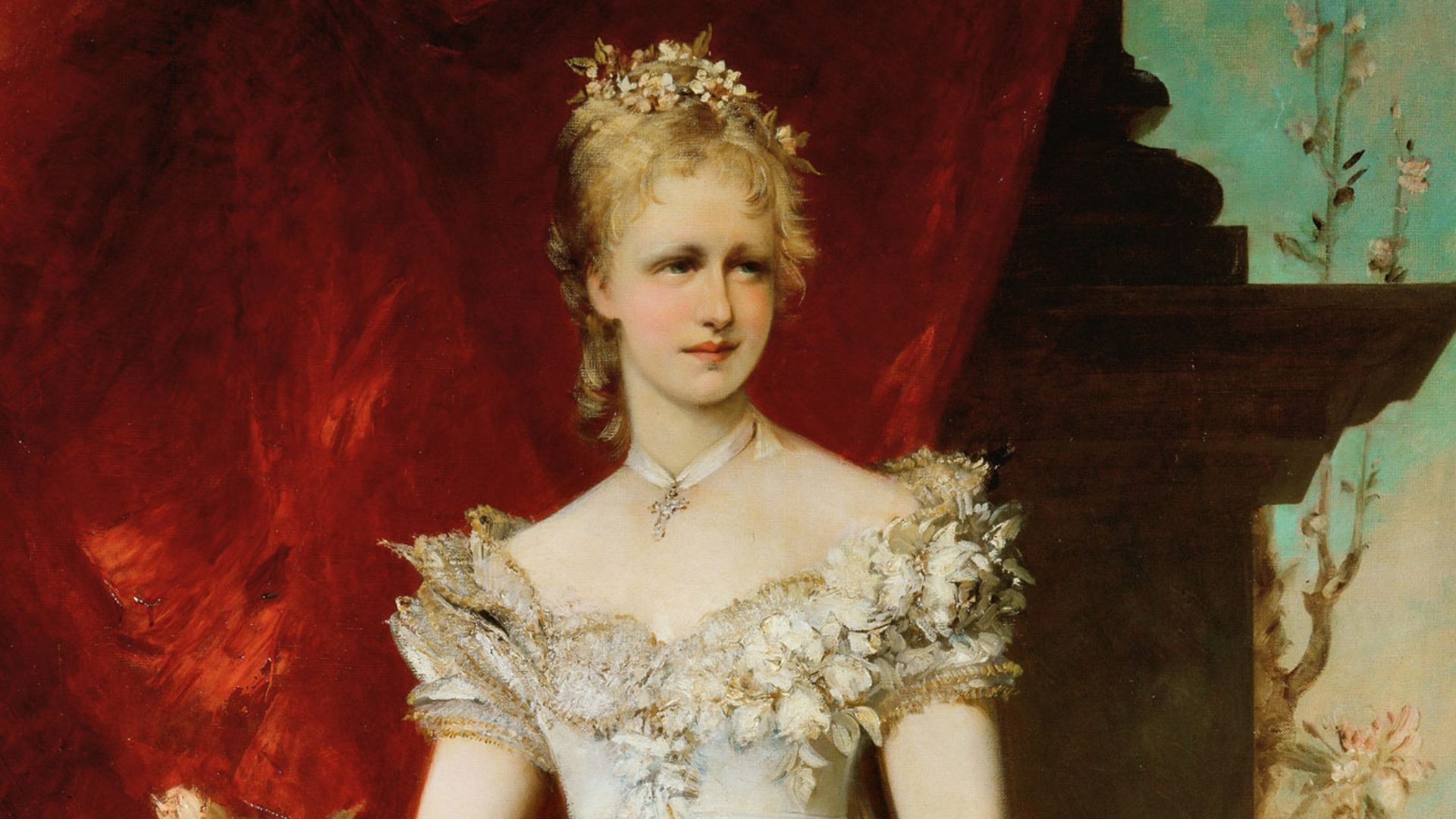 Hans Makart, Wikimedia Commons
Hans Makart, Wikimedia Commons
7. She Owed Her Life To A Strange Doctor
Just as Stéphanie and her family resigned themselves to her grim fate, a doctor from the Ardennes appeared with an unconventional remedy: cold baths. Against all odds, it worked. Stéphanie’s fever finally broke, and by October 1871, she was on the mend. She may have survived the illness, but her parents’ marriage was terminal.
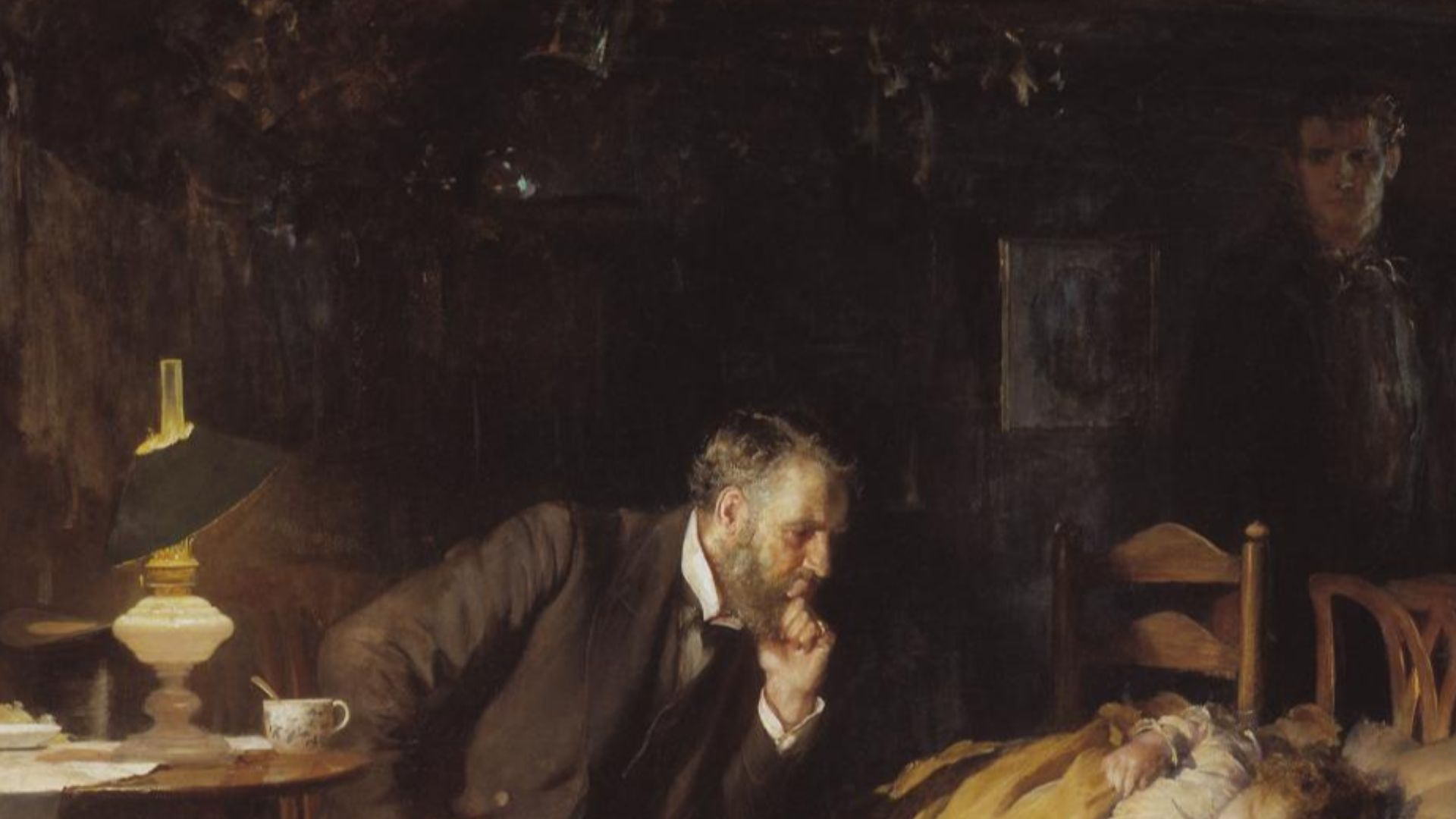 Luke Fildes, Wikimedia Commons
Luke Fildes, Wikimedia Commons
8. She Watched Her Parents Drift Apart
Even as a child, Stéphanie could see the fault lines in her parents’ marriage. She later reflected, “...they did not understand each other... He chose that of indifference, infidelity, she had to accept that of resignation, loneliness and pain”. It was a haunting prelude to her own doomed love story.

History's most fascinating stories and darkest secrets, delivered to your inbox daily.
9. Her Father Chose Power—And Pleasure—Over Her
After Stéphanie’s brother passed, her father, King Leopold II, all but abandoned his surviving children. Obsessed with wealth and empire, he poured his energy into the brutal exploitation of the Congo—and surrounded himself with an endless parade of mistresses. His subjects nicknamed him “The King of the Belgians and of the Beauties”.
Stéphanie, on the other hand, withdrew into her books.
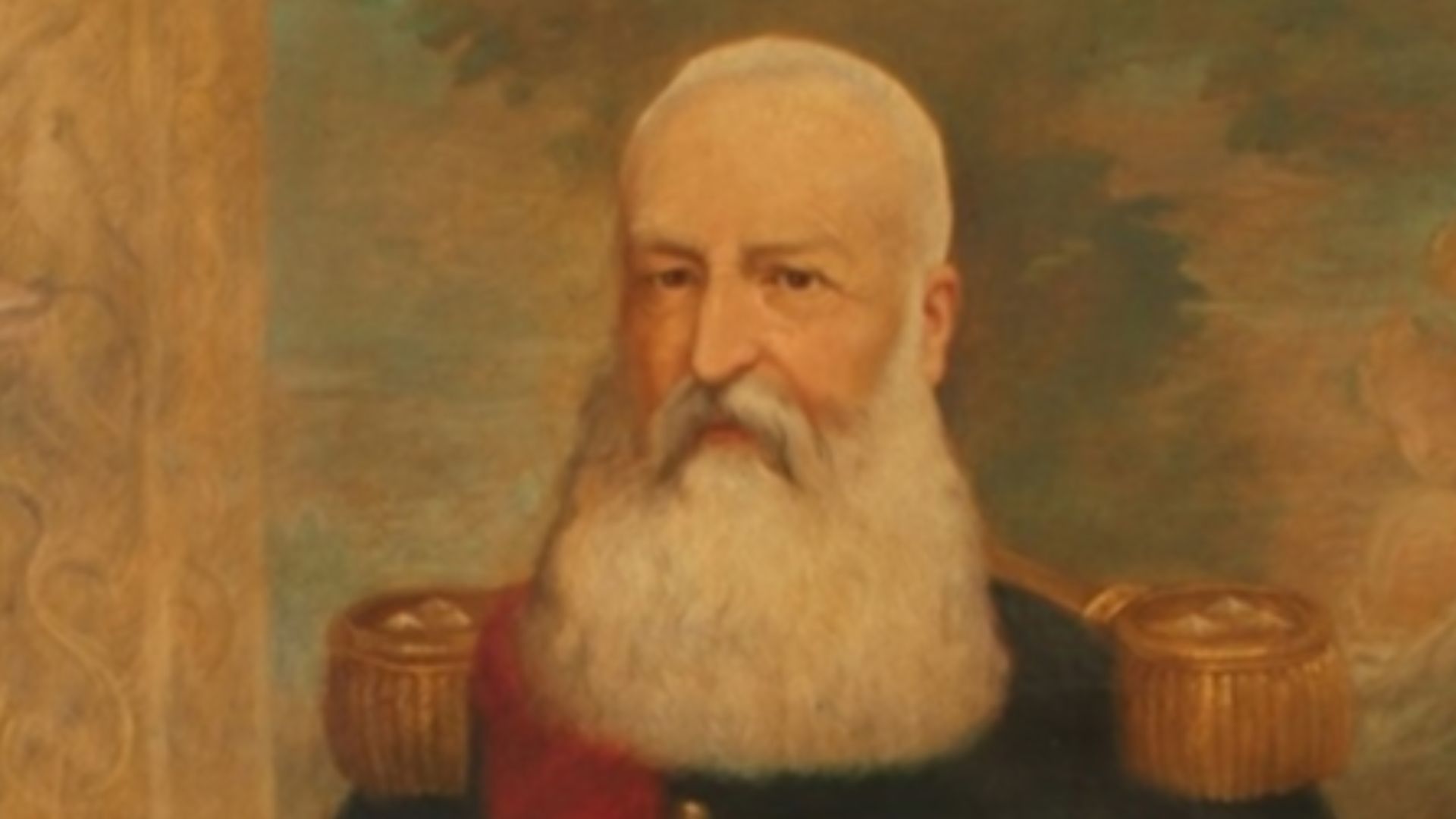 Albert Dillens, Wikimedia Commons
Albert Dillens, Wikimedia Commons
10. She Buried Herself In Her Books
By 1874, 10-year-old Stéphanie set aside her dolls and prepared herself for her royal duties. “...from that moment,” she wrote, “books and notebooks would take the place of my toys...” Her governess, Mademoiselle Legrand, ruled the classroom—and discipline was the name of the game.
11. She Was Educated To Become A Bride
Stéphanie’s royal curriculum sounded impressive—languages, history, math, horsemanship—but in practice, it lacked depth. Her teachers focused more on decorative arts and needlework than real intellectual development. Unfortunately, her education prepared her for little more than to become a bride. Too bad she would marry a beast.
 brandstaetter images, Getty Images
brandstaetter images, Getty Images
12. Her Upbringing Was Harsh
Despite her royal pedigree, Stéphanie’s life behind palace walls was anything but pampered. "We got up early in the morning: in summer, at five o'clock, in winter, at six o'clock," she recalled. Even during her morning bathroom routine, her governesses demanded complete silence. One wrong move and the housekeeper was ready to discipline her. For a princess, she lived like a prisoner in a palatial pen.
13. She Had A Cold Childhood—Literally
While most of her princess peers cozied up to warm fires in grand castles, Stéphanie shivered in the cold. Her keepers forced her to wear plain, belt-tied dresses and insisted that she live with open windows year-round—even in the middle of winter. Believe it or not, the freezing palace was warm compared to her father’s love.
 Jean-Pol GRANDMONT, Wikimedia Commons
Jean-Pol GRANDMONT, Wikimedia Commons
14. Her Father Showed Her No Love
Despite their royal status, Stéphanie and her sister Louise were made to clean their own room and remain silent during meals. Even family meals were frigid affairs. When her father entered the room for breakfast, Stéphanie would have to stand to greet him and kiss his hand. In return, he only gave her a pat on the head—no kisses, no words…no love.
Still, that was more love than she received from her governesses.
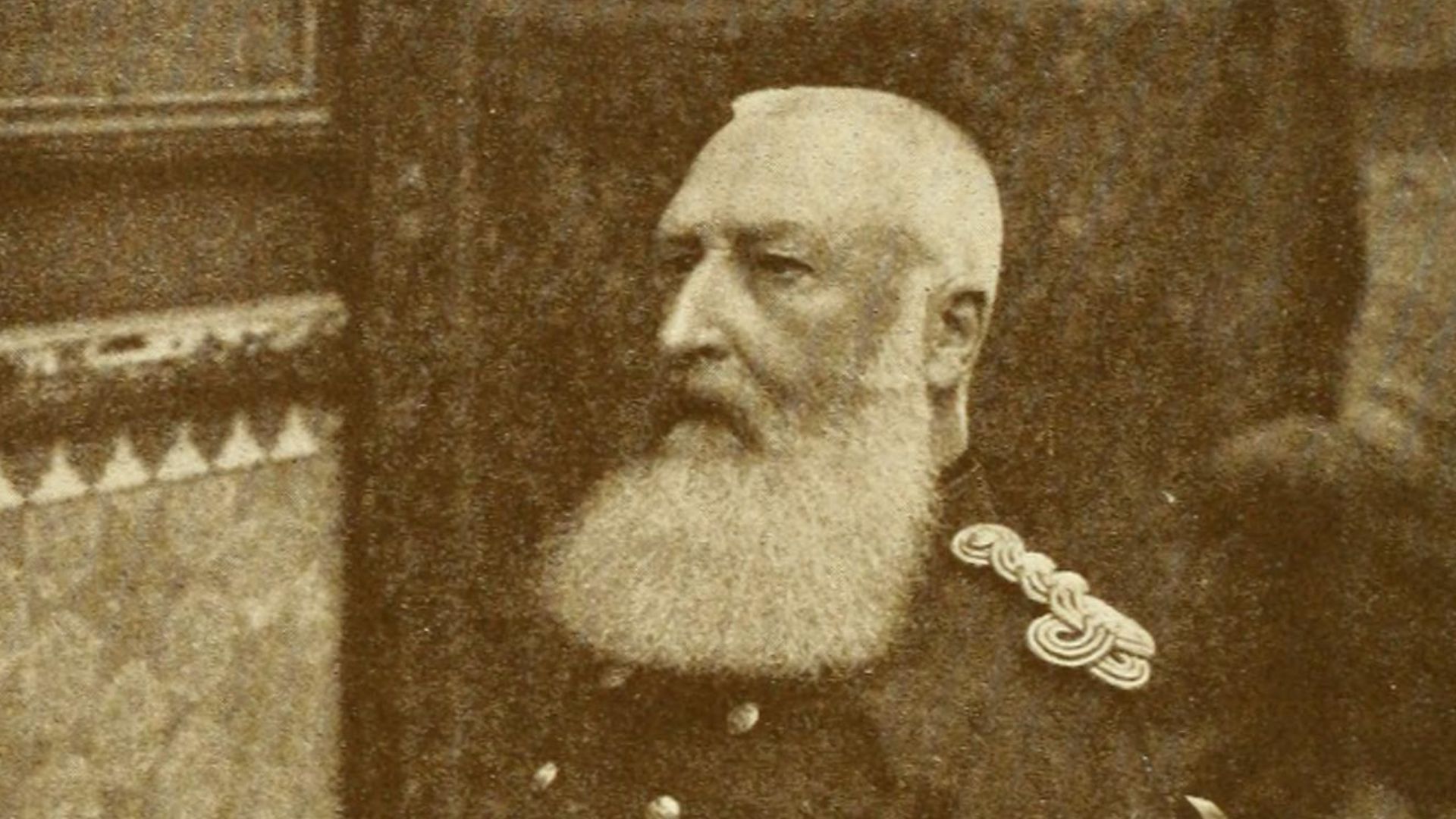 Internet Archive Book Images, Wikimedia Commons
Internet Archive Book Images, Wikimedia Commons
15. Her Punishments Were Medieval
Even as a princess, Stéphanie had no royal privileges. When she misbehaved, the consequences were severe. Her keepers made her kneel on dry peas or locked her in a pitch-black chamber between double doors. Her only comfort came from their kind-hearted nanny, Toni—whose tenderness stood out like a candle in the dark.
But someone was about to enter her life who would extinguish even that small bright spot.
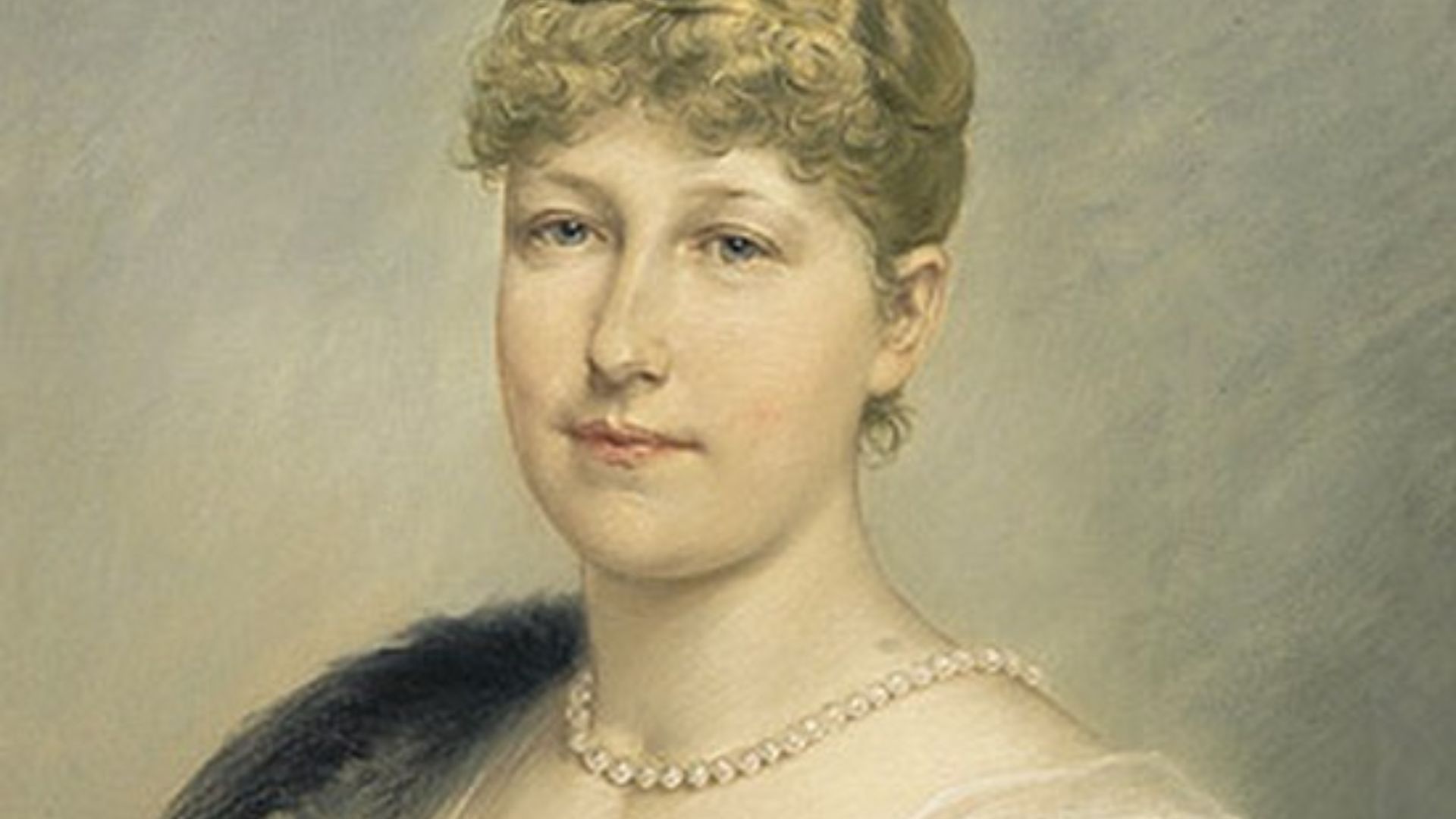 Carl Froschl, Wikimedia Commons
Carl Froschl, Wikimedia Commons
16. She Met An Empress—And Made An Impression
In the winter of 1878, a fateful visitor came to Brussels: Empress Elisabeth of Austria (aka “Sisi”). And Stéphanie’s parents saw a perfect opportunity. With nuptials on their minds, they presented the 14-year-old Stéphanie to the Habsburg Empress whose son, Crown Prince Rudolf, was still single. Before long, the royal rumor mill roared to life. On paper, it was the perfect match.
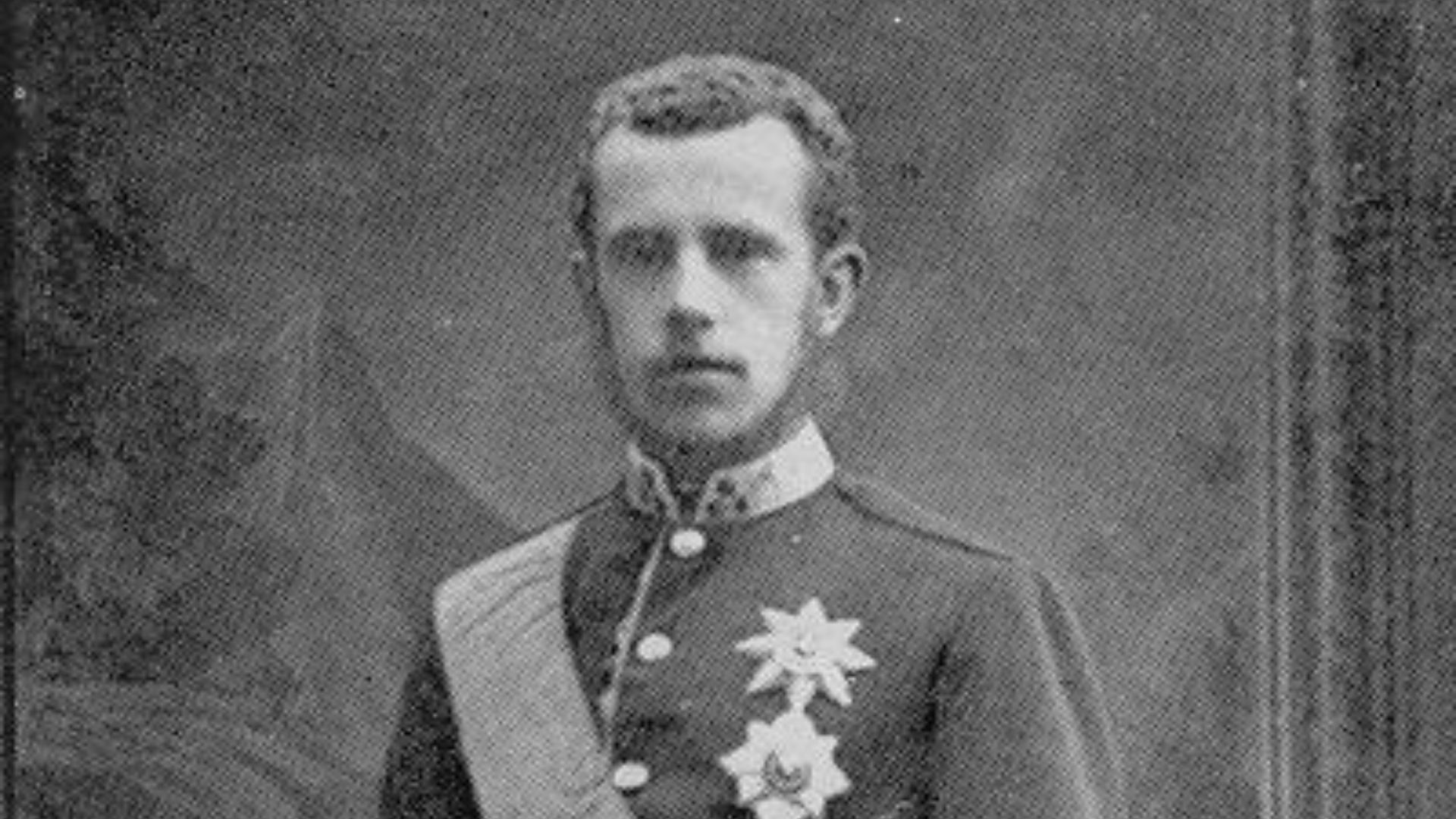 Geruzet Freres, Wikimedia Commons
Geruzet Freres, Wikimedia Commons
17. She Met Her Fiancé In a Magazine
With her pending nuptials to a man she never met, Stéphanie’s housekeeper thought it best to give her a preview of what she could expect. During a literature lesson, the housekeeper brought out a magazine and showed young Stéphanie an engraving of the Crown Prince, dressed in his regalia for a hunt. It was supposed to be a lesson on the majesty of the Habsburgs.
Instead, it was a reminder of the immense responsibility she was about to assume.
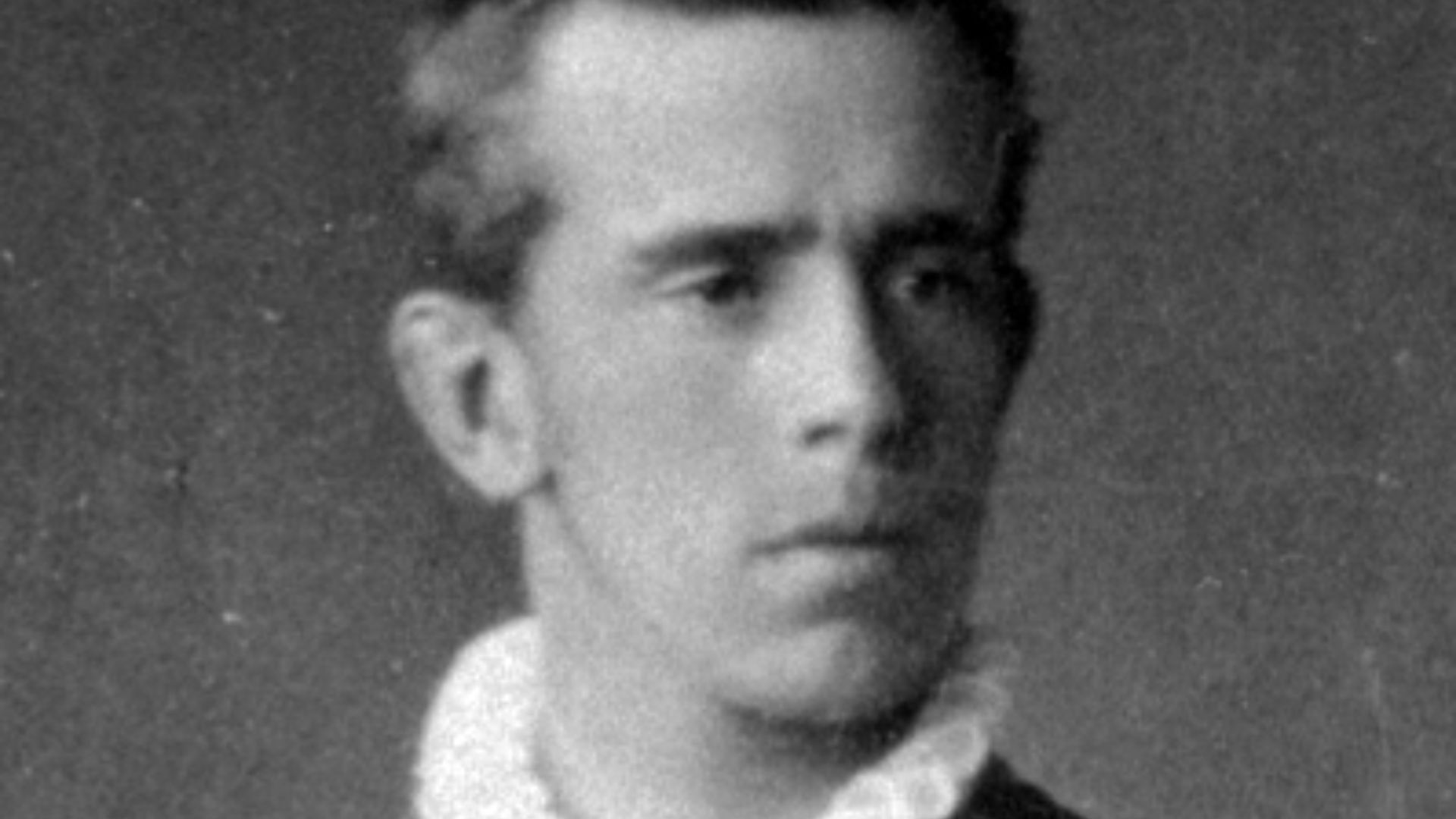 Rudolf Krziwanek, Wikimedia Commons
Rudolf Krziwanek, Wikimedia Commons
18. She Was The Last Resort
Stéphanie may have been excited to marry Crown Prince Rudolf, but the feeling wasn’t mutual. When Rudolf met 15-year-old Stéphanie in March 1880 for the first time, he called her “Pretty, good, clever”. But behind his flattery was a hard truth. Stéphanie wasn’t his first—or even second—choice. She was simply the only Catholic princess who ticked the political boxes set by his controlling father.
In truth, neither Stéphanie nor Rudolf had much of a say in the matter.
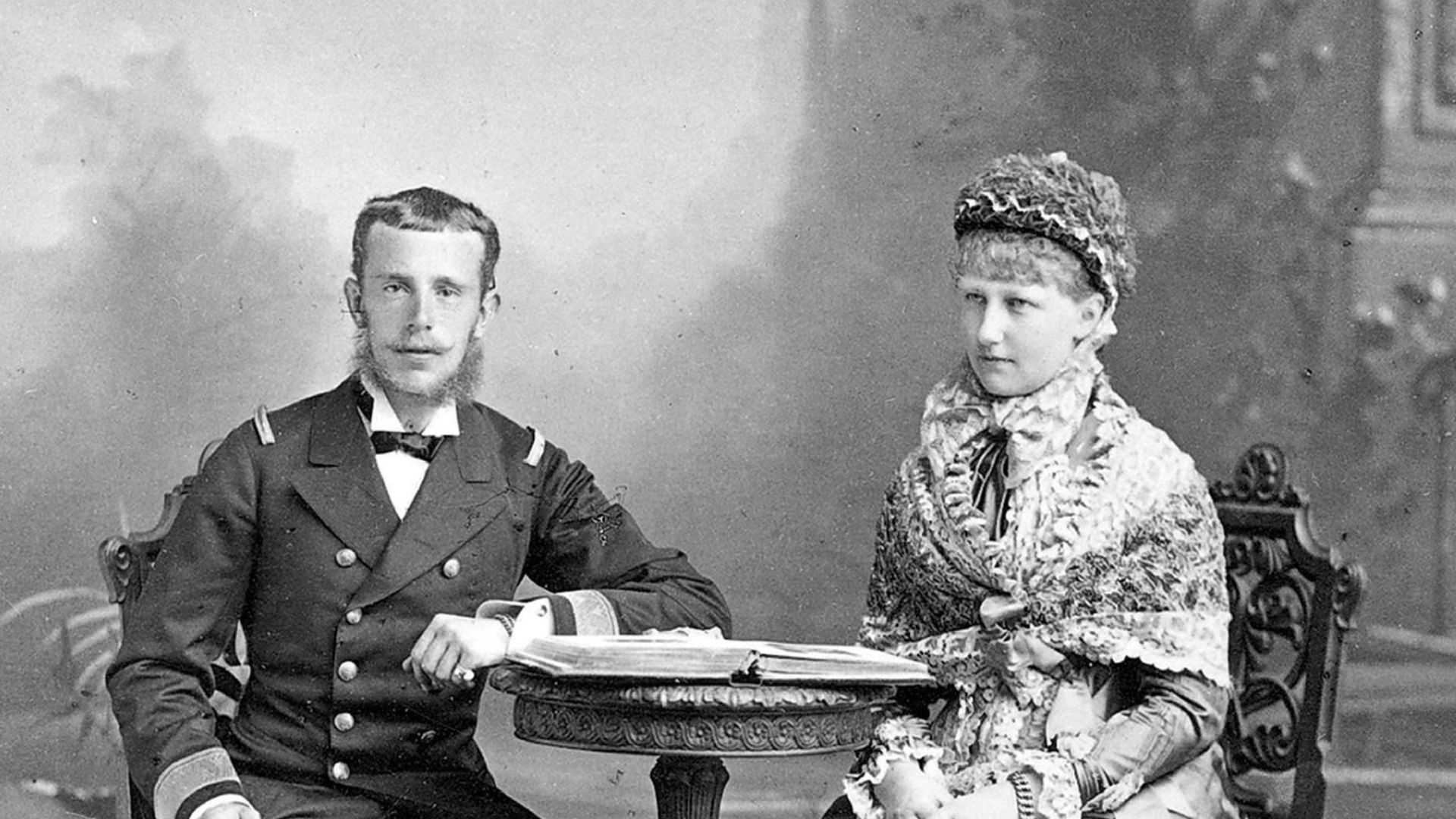 Jindrich Eckert, Wikimedia Commons
Jindrich Eckert, Wikimedia Commons
19. Her Parents Made The Choice For Her
Stéphanie didn’t fall in love—she fell in line. After Rudolf’s first visit, her parents summoned her the way a pet owner might summon their dog. Sternly, her father stood and declared, “We have chosen you to be Empress of Austria and Queen of Hungary”. However, it seemed like she had some competition.
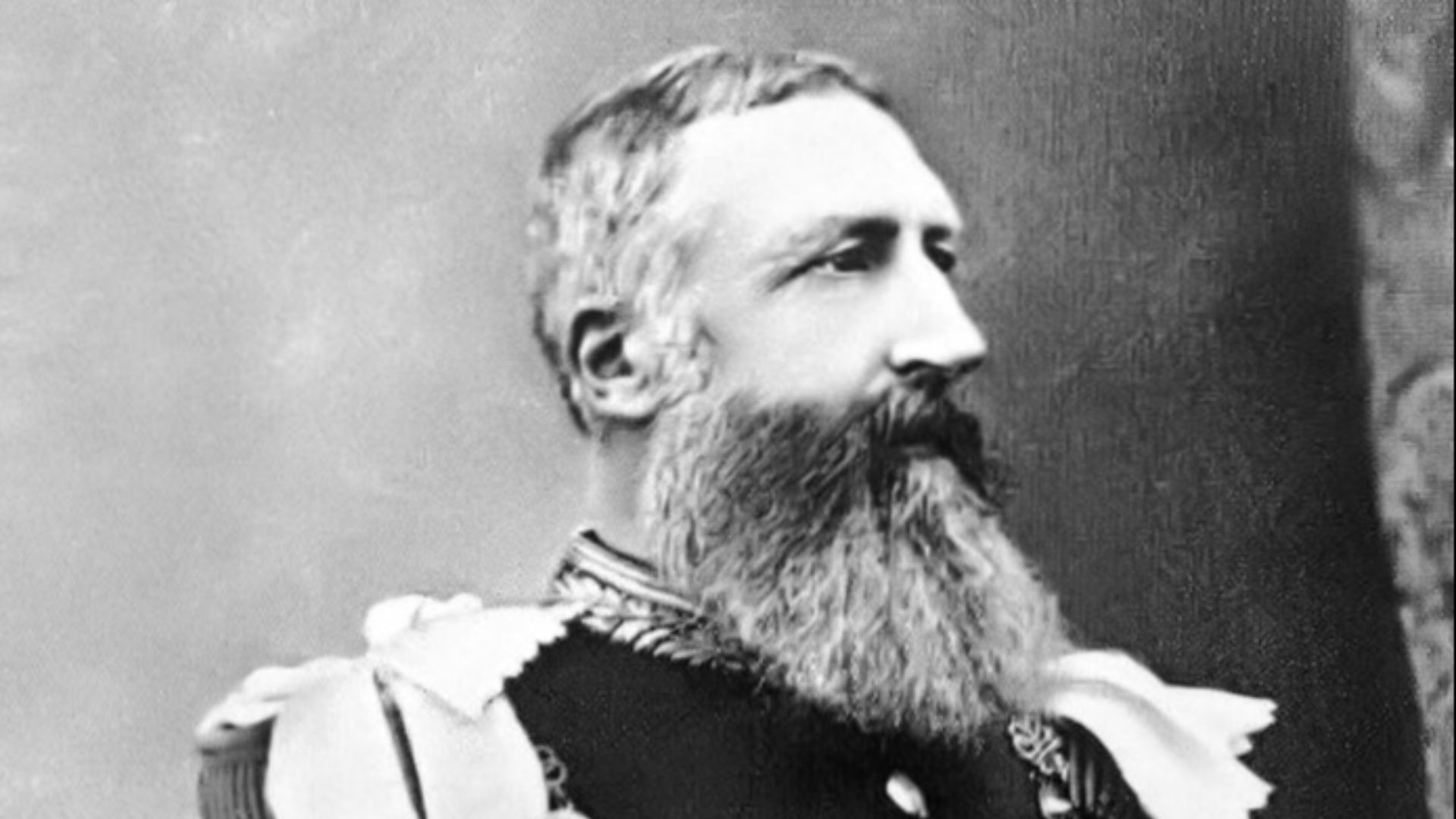 London Stereoscopic and Photographic Company, Wikimedia Commons
London Stereoscopic and Photographic Company, Wikimedia Commons
20. Her Fiancé Brought His Fling
On March 7, 1880, the engagement became official. Rudolf arrived in Brussels with 21 attendants—and one glaring insult. Among his entourage was none other than his mistress, whom he didn’t even bother to leave behind. “A new life will soon begin for me,” he told his tutor, “and I must admit that this worries me a little”.
It didn’t worry him nearly as much as it worried Stéphanie.
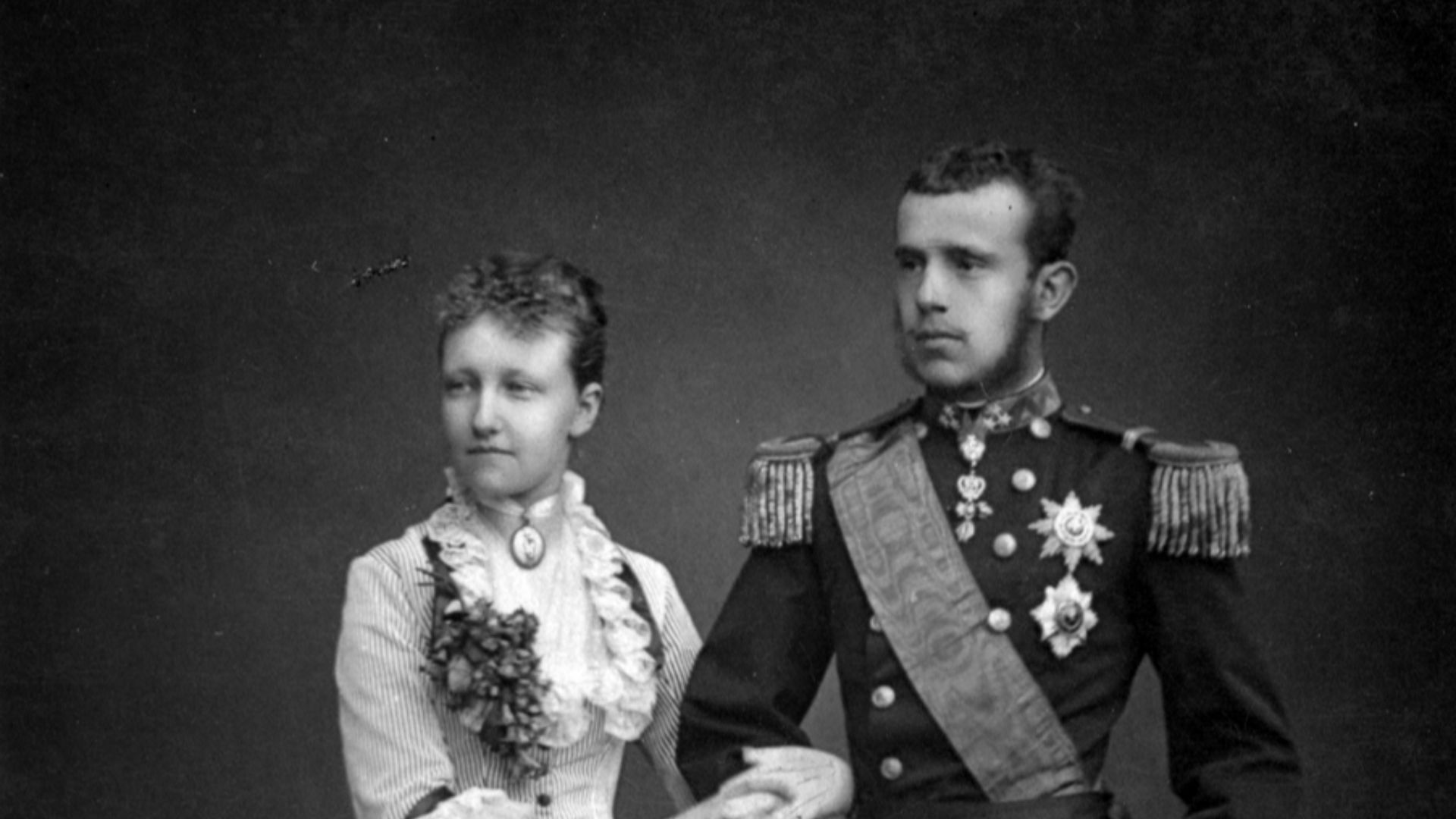 Geruzet Freres, Wikimedia Commons
Geruzet Freres, Wikimedia Commons
21. She Was Supposed To Fix Him
Rudolf was a prince on paper—but in real life, he was a volatile storm. Prone to intense mood swings, he'd swing between moments of melancholy and mania, partying too hard and too often. The Austrian court hoped that his marriage to the comparatively docile, austere, and disciplined Stéphanie would “settle” him. Instead, it only tethered Stéphanie to his downfall.
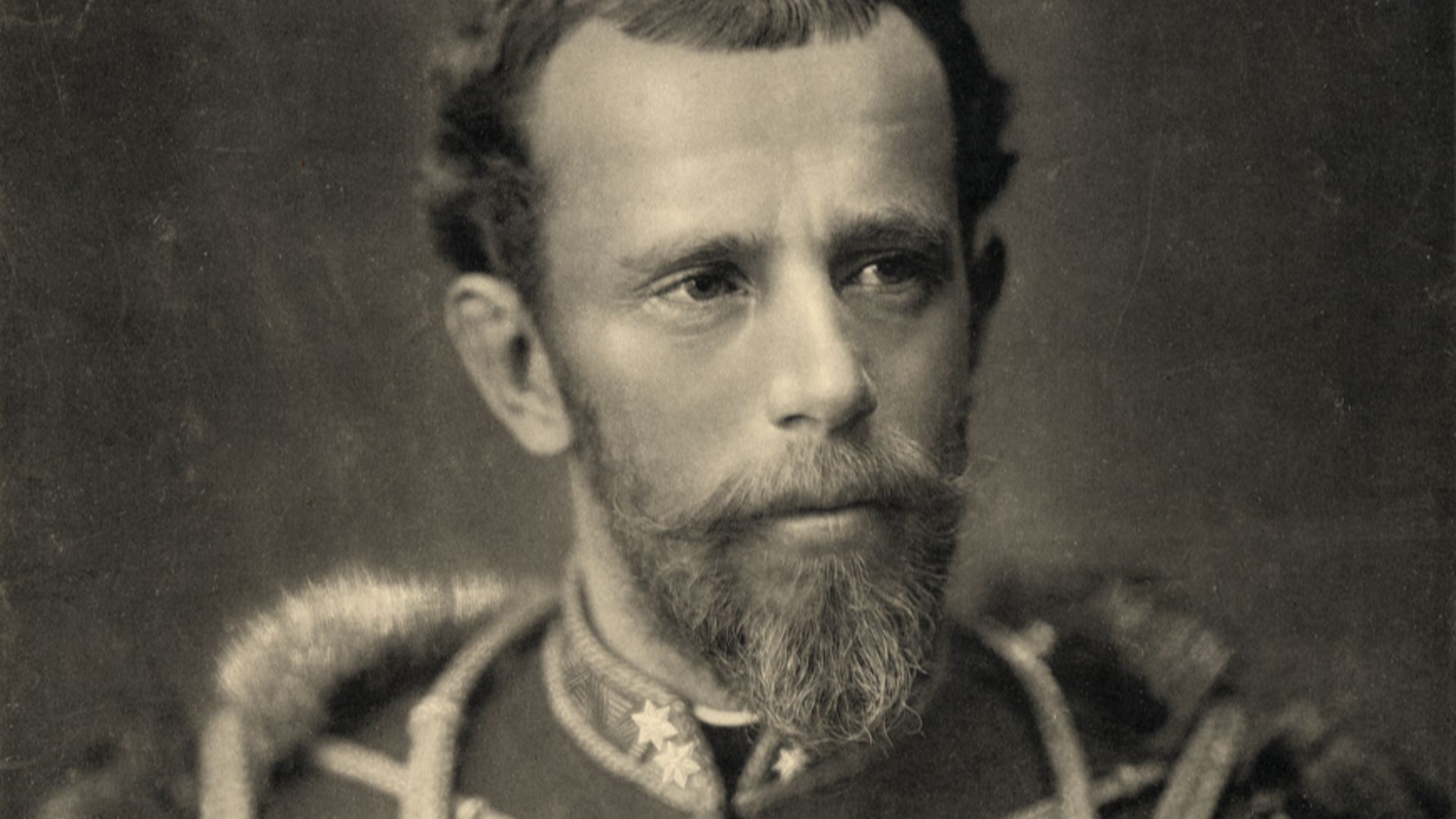 ismeretlen szerzo, Wikimedia Commons
ismeretlen szerzo, Wikimedia Commons
22. She Was Pitied By The Austrian Court
From the very beginning, it seemed that everyone knew what Stéphanie was walking into. That is, everyone except for Stéphanie. Countess Marie Larisch, niece of Empress Elisabeth, summed up the court’s dread when she said, “In advance, we had pity on the poor princess who would have the honor of being chosen”.
But, even if her marriage was fated to fail, it would at least be fashionable.
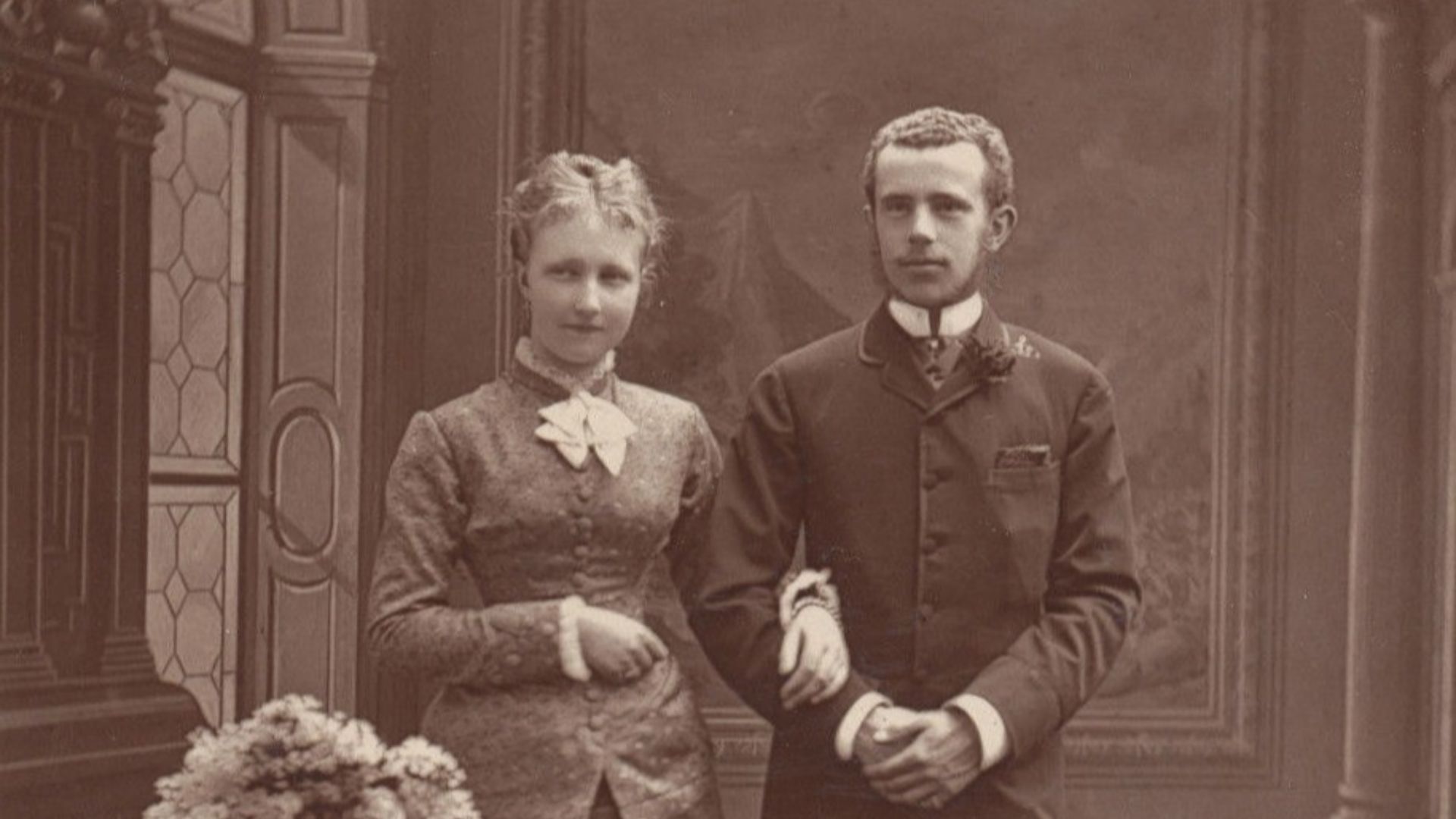 Geruzet Freres, Wikimedia Commons
Geruzet Freres, Wikimedia Commons
23. Her Wedding Was A Royal Blockbuster
On May 10, 1881, a week before her 17th birthday, Stéphanie married Rudolf in a crowded, chaotic ceremony at Saint Augustine’s Church in Vienna. The elite of Europe packed the pews—future kings, emperors, and knights jostling for space to witness the union of two great houses.
It should have been the beginning of her fairytale.
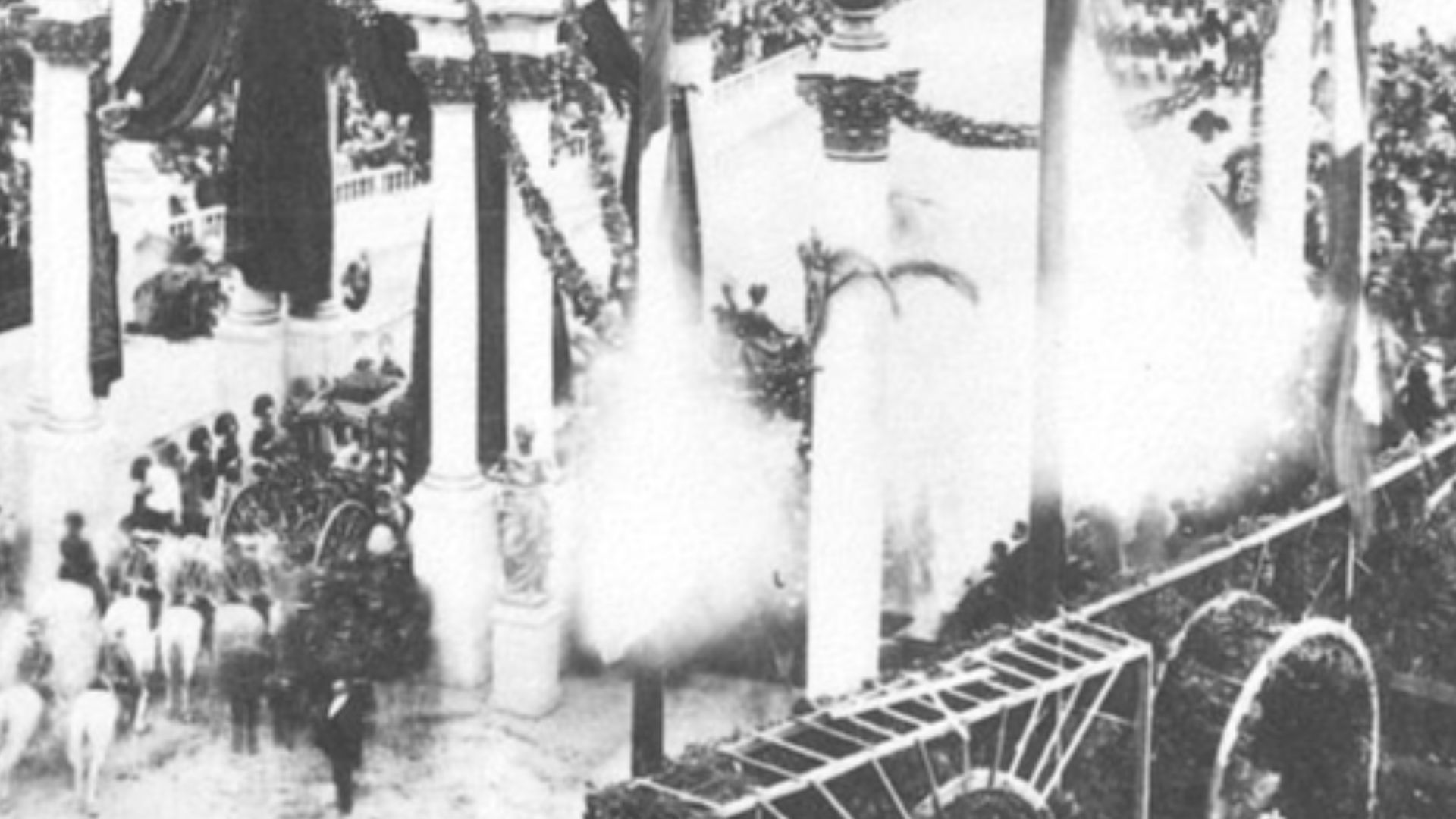 Unknown authorUnknown author, Wikimedia Commons
Unknown authorUnknown author, Wikimedia Commons
24. She Was Over the Moon
Despite the warning signs (philandering, mercurial personality, overbearing in-laws), Stéphanie threw herself into the moment. “We exchanged alliances… the bells of the whole city rang...” she remembered fondly. Music filled the streets and cheers echoed throughout Vienna. She really had become the Crown Princess of Austria-Hungary.
But she would regret it almost instantly.
25. She Had A Horrifying Honeymoon
You see, Stéphanie’s marital bliss ended just as soon as her wedding dress came off. The morning after the wedding, Stéphanie wrote a letter to her sister about the way Rudolf had treated her that night" “What torments, what horror! ...My illusions, my youthful dreams, were shattered. I thought I should die of my disillusionment”.
Believe it or not, Rudolf was the nice one in his family.
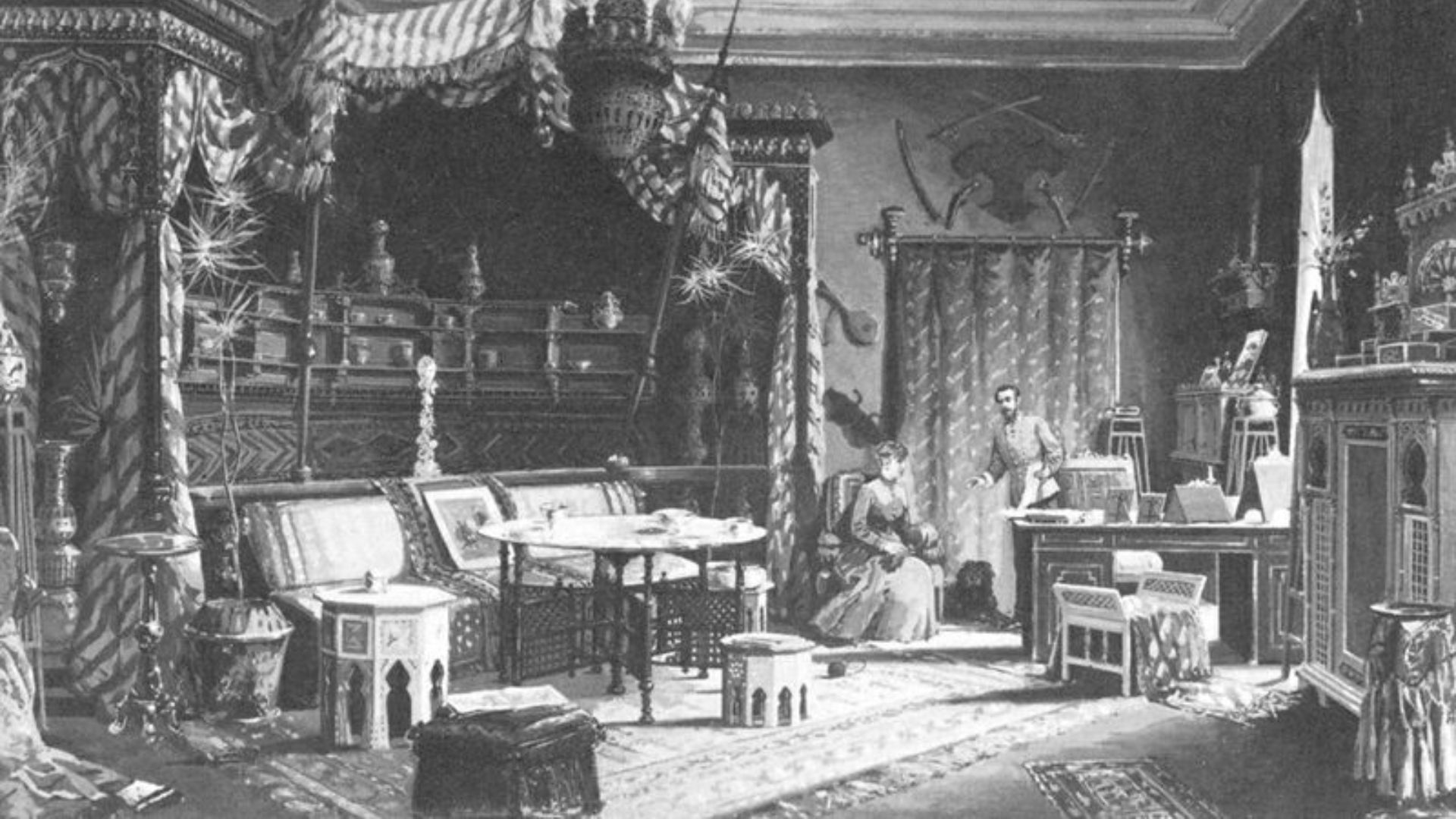 Unknown authorUnknown author, Wikimedia Commons
Unknown authorUnknown author, Wikimedia Commons
26. Her New Family Was No Better
If Rudolf was mercurial, his mother was merciless, borderline malevolent. The Empress Sisi found Stéphanie tall, plain, and dull—and she didn’t bother hiding her disdain. Behind her back (and sometimes to her face), she called Stéphanie “the hideous dromedary”. Still, Stéphanie was determined to find happiness in her marriage.
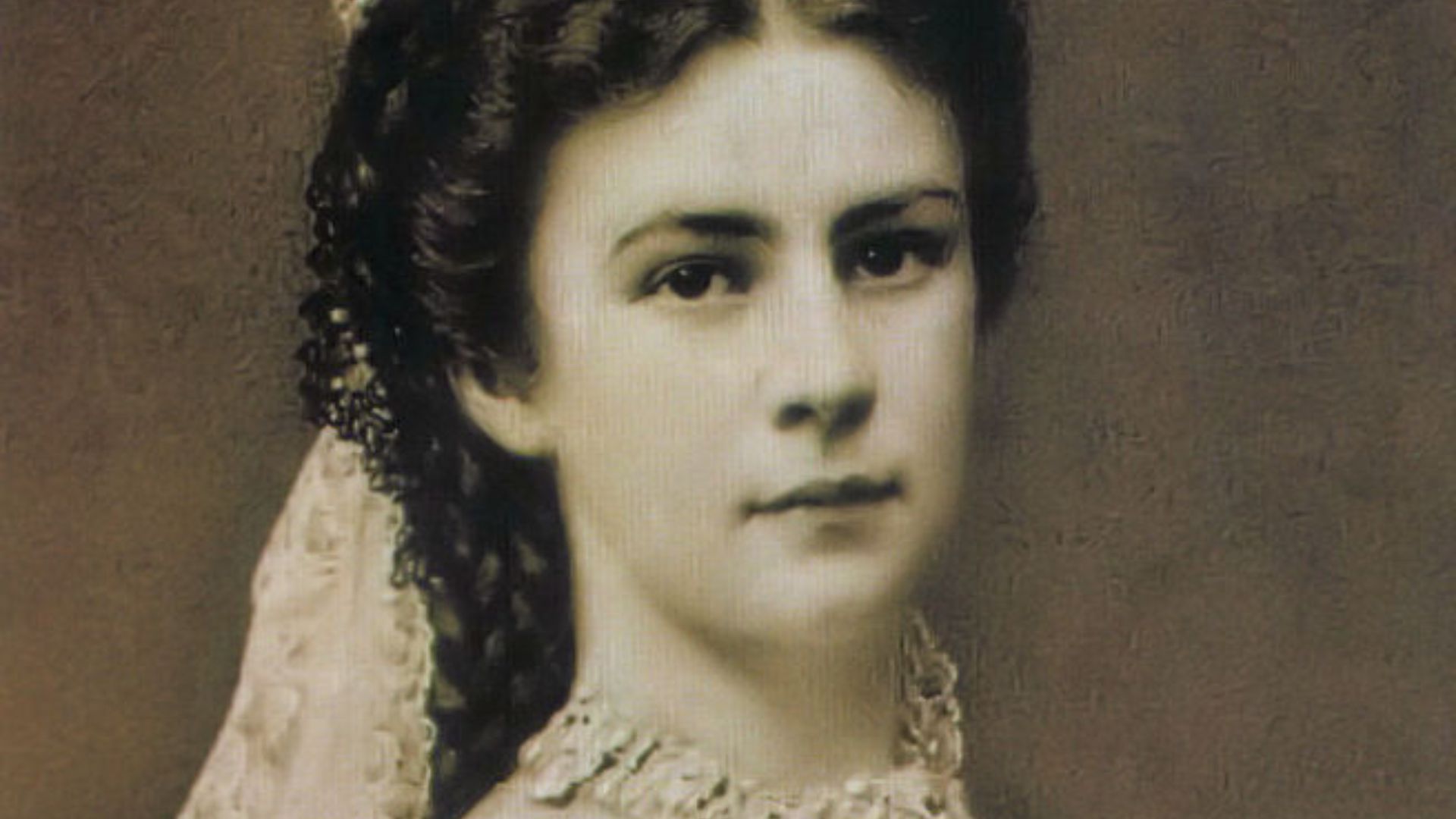 Emil Rabending, Wikimedia Commons
Emil Rabending, Wikimedia Commons
27. She Thought She’d Found Love After All
Despite the rocky start, there was a time when Stéphanie believed she’d found a true partner in Rudolf. They gave each other pet names—“Coco” and “Coceuse”—and for a brief moment, she thought of him as “a model husband”. Their early days were full of laughter, inside jokes, and shared dreams.
But happiness at court was always fleeting.
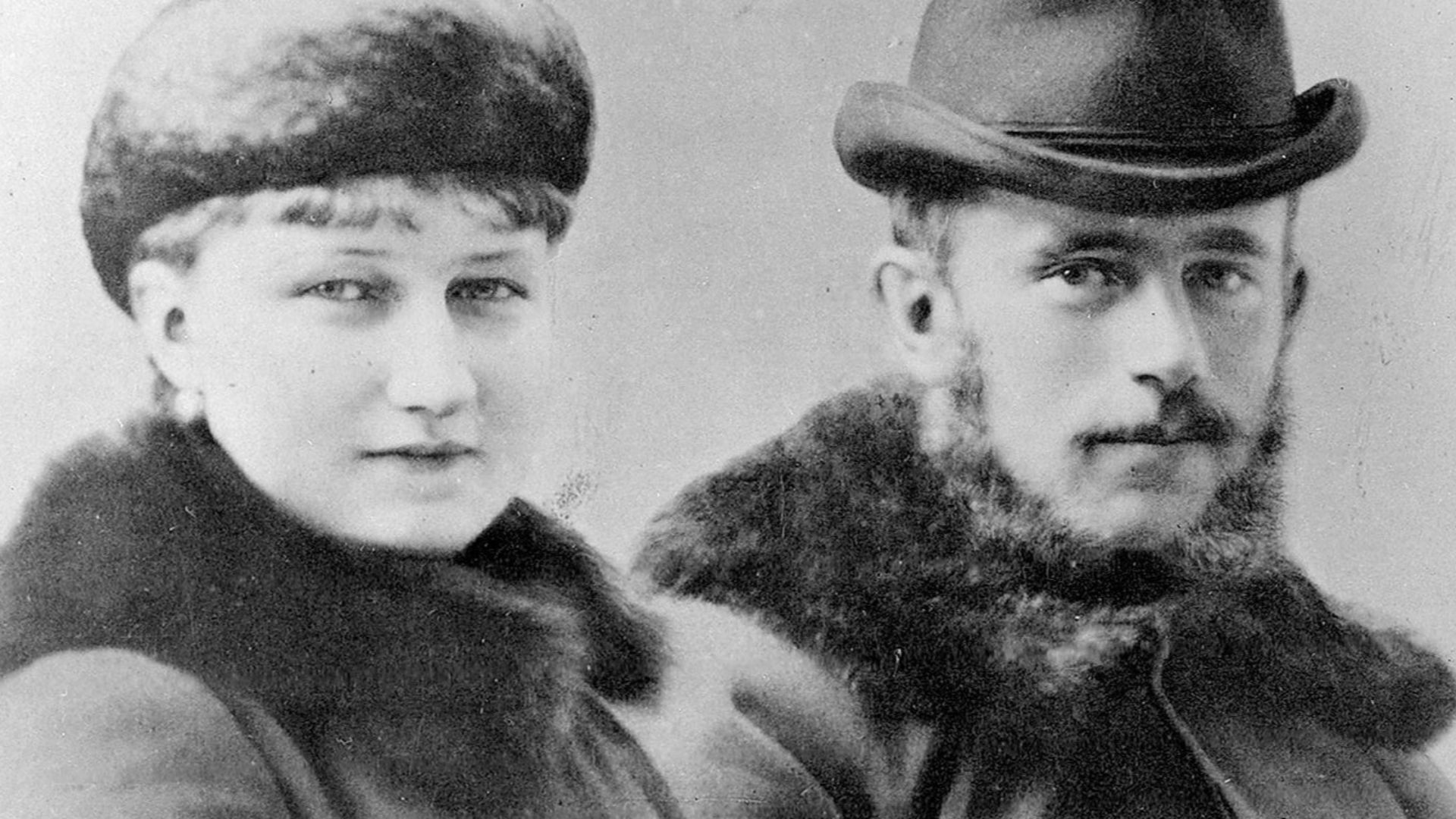 Unknown authorUnknown author, Wikimedia Commons
Unknown authorUnknown author, Wikimedia Commons
28. She Couldn’t Leave The Palace
Although married life made her the Crown Princess of the most powerful empire in Europe, it also made her a prisoner. Rudolf, deeply paranoid, didn’t like for Stéphanie to wander far—or anywhere at all. Her new husband didn’t allow her to leave the palace grounds without his permission. So she made do, throwing herself into the arts and flexing her creativity through sketching and painting.
But despite her bleak situation, she had a plan to earn her freedom.
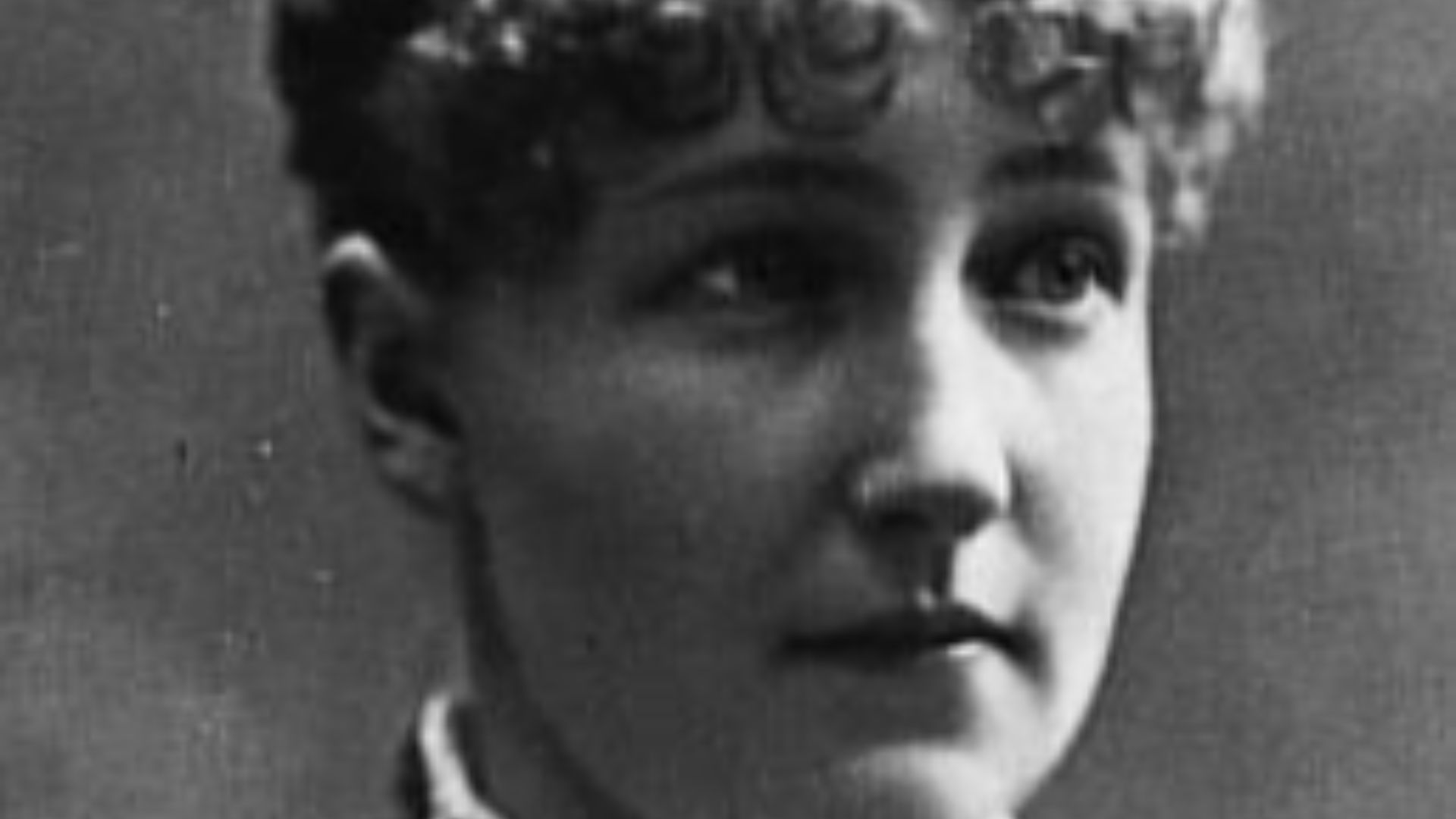 Unknown photographer of the imperial family of Austria., Wikimedia Commons
Unknown photographer of the imperial family of Austria., Wikimedia Commons
29. She Thought A Baby Would Fix Everything
In late 1881, Stéphanie incorrectly suspected she might be pregnant. However, a little over a year later, in the spring of 1883, the real thing came along. Both she and Rudolf were ecstatic—and utterly convinced the child would be a boy. They even picked out a name: Wenceslaus.
But once again, reality had other plans.
30. She Had A Baby—But No Heir
On September 2, 1883, Stéphanie delivered a healthy baby. However, the child wasn’t what she had expected. Instead of a boy and heir, she had a daughter whom she named Erzsi. While she was overjoyed to become a mother, Rudolf’s reaction was decidedly less celebratory. But sadly, the worst was yet to come.
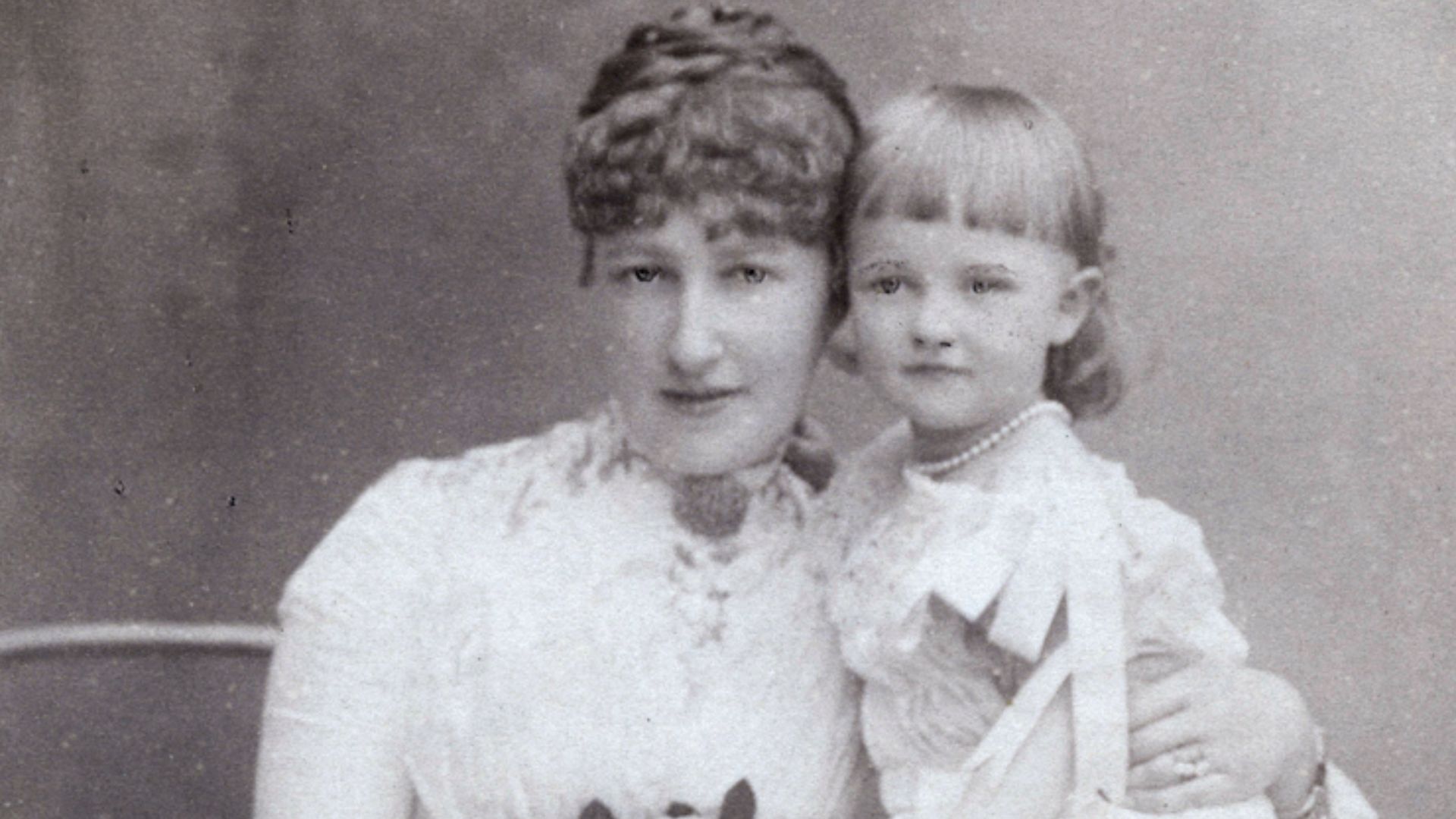 Atelier Türk, Wikimedia Commons
Atelier Türk, Wikimedia Commons
31. Her Husband Contracted A Terrible Disease
Shamelessly chasing after his own desires, Rudolf threw himself after his mistresses. But, by 1886, his health was failing and the palace doctors whispered of “stomach issues”. But the truth was far darker. He had contracted a venereal disease from one of his many affairs. The cover-up was elaborate. The consequences were catastrophic.
Particularly for Stéphanie.
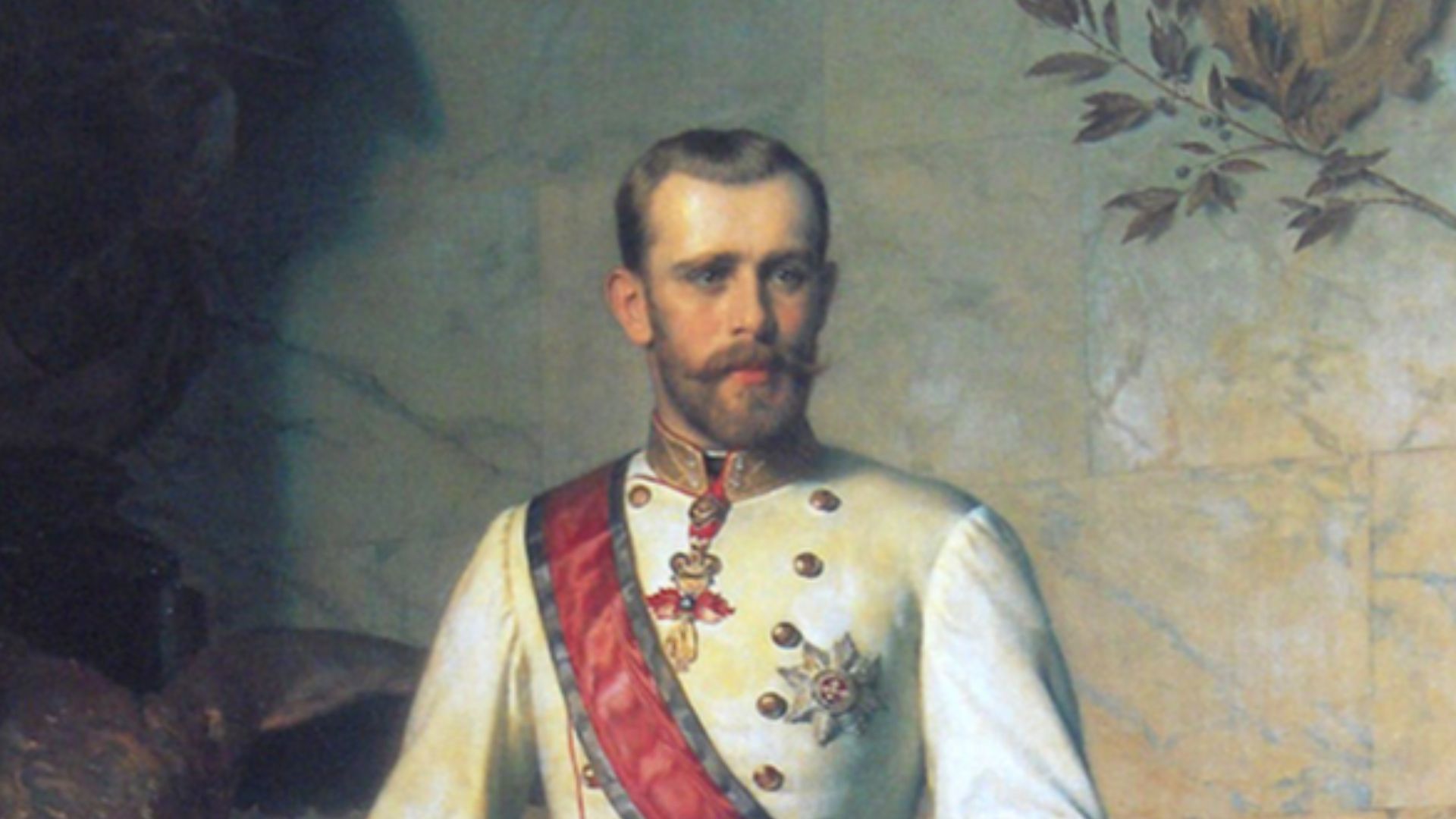 Eugen Felix, Wikimedia Commons
Eugen Felix, Wikimedia Commons
32. Her Husband’s Was Mercurial—Literally
Desperate to hide the truth, Rudolf’s doctors peppered him with a long list of “curatives," including mercury. But the “treatments” weren’t just outdated—they were toxic. The supposed cure began to rot him from the inside out, fracturing his already deeply troubled mind. Stéphanie was blissfully unaware of exactly how precarious her husband’s situation had become.
Sadly, she learned the truth the hard way.
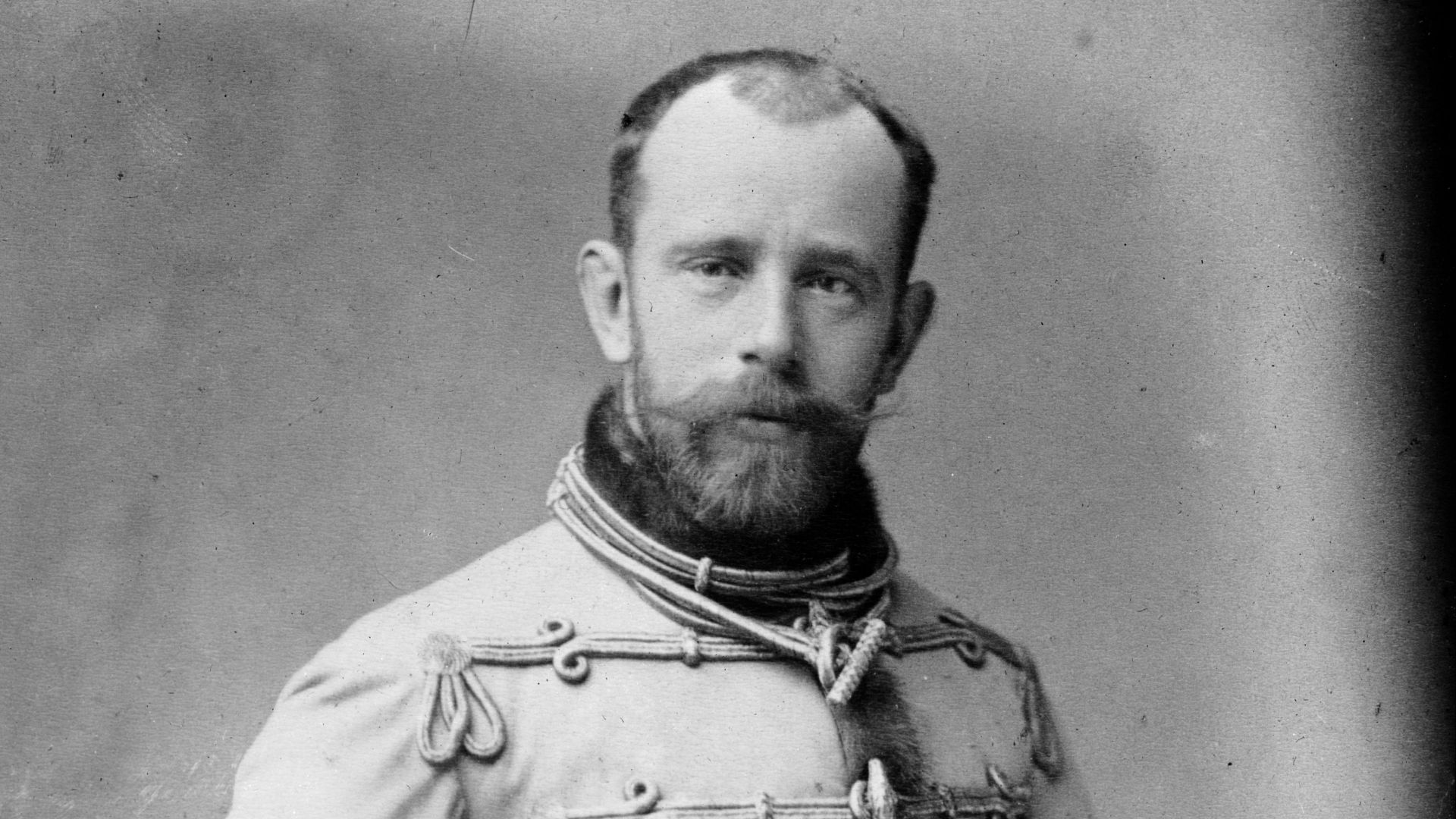 Karoly Koller, Wikimedia Commons
Karoly Koller, Wikimedia Commons
33. He Took Stéphanie With Him—Literally
Rudolf, wanting to escape the court, retreated to the island of Lokrum to recover—and dragged Stéphanie and their daughter along with him. But no one told Stéphanie the truth about her husband’s mysterious illness. When she started falling ill herself, the doctors blamed peritonitis. In reality, she had contracted the same disease.
And she would pay the price for the rest of her life.
 Bernard Gagnon, Wikimedia Commons
Bernard Gagnon, Wikimedia Commons
34. Her Future Was Quietly Stolen
Within a matter of mere months, with her own health taking a turn for the worse, Stéphanie learned the brutal truth. Rudolf likely had gonorrhea—and he had given it to her. At just 21 years old, her illness had rendered her infertile. The imperial fairy tale had become a cruel joke. She could never bear another child—and the empire still had no male heir.
35. She Couldn’t Forgive Him
The VD was the last straw for Stéphanie. Betrayed by her husband, robbed of her future, and isolated from joy, she shut down. She refused to share a bed with Rudolf, who now spent almost all of his nights in Vienna’s more licentious quarters. Even as he made weak attempts to reconcile, the rift between them only widened.
Thankfully for Stéphanie, someone stepped into the void.
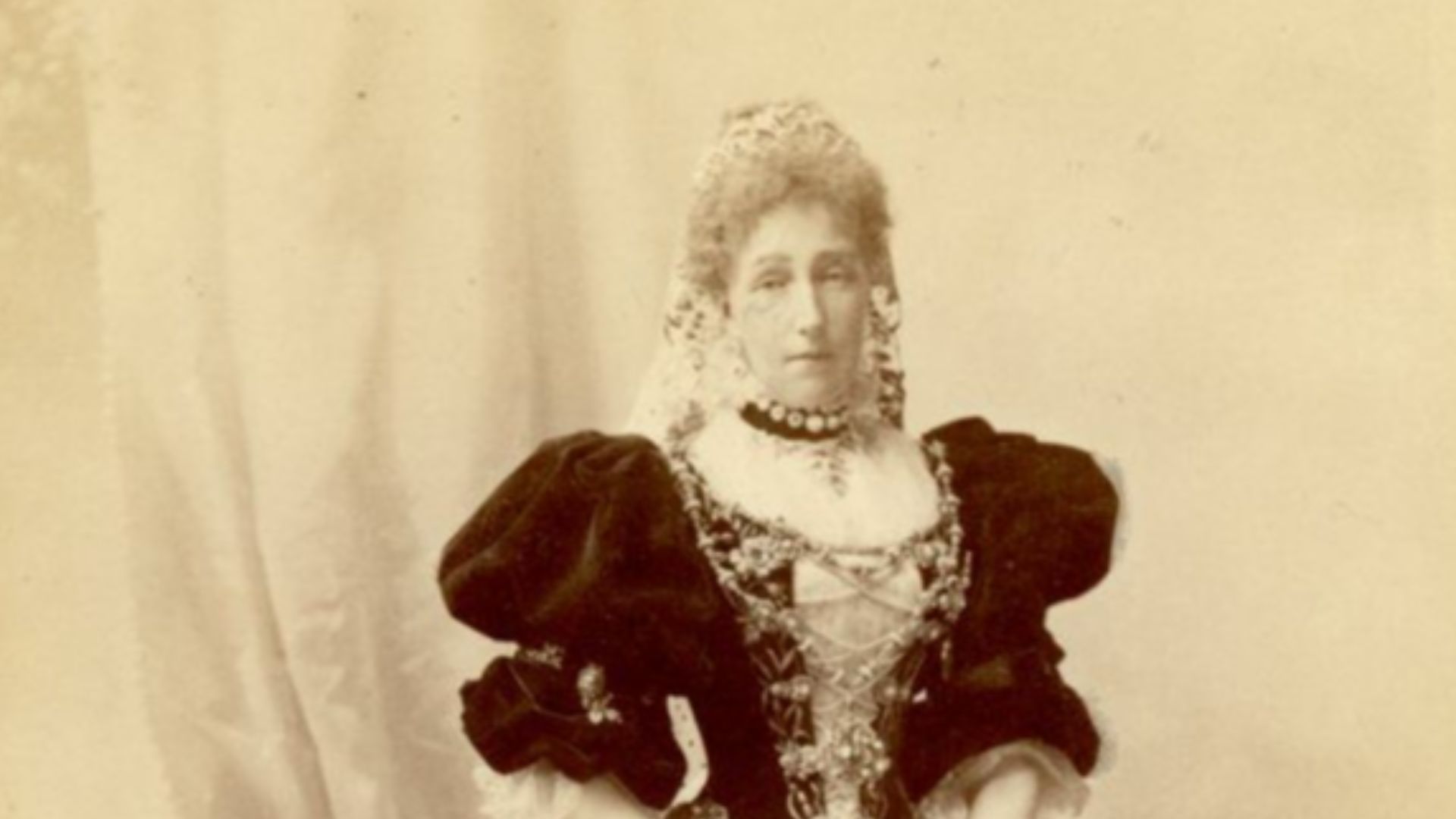 Unknown authorUnknown author, Wikimedia Commons
Unknown authorUnknown author, Wikimedia Commons
36. She Found Comfort In Someone New
While visiting Galicia in 1887, Stéphanie met the Polish Count Artur Potocki—and sparks flew. For the next year and a half, she made no attempt to hide her affection for him. Rudolf, meanwhile, still vacillating between his love for Stéphanie and guilt over what he had done to her, continued spiraling deeper and deeper into vice.
Stéphanie feared the worst.
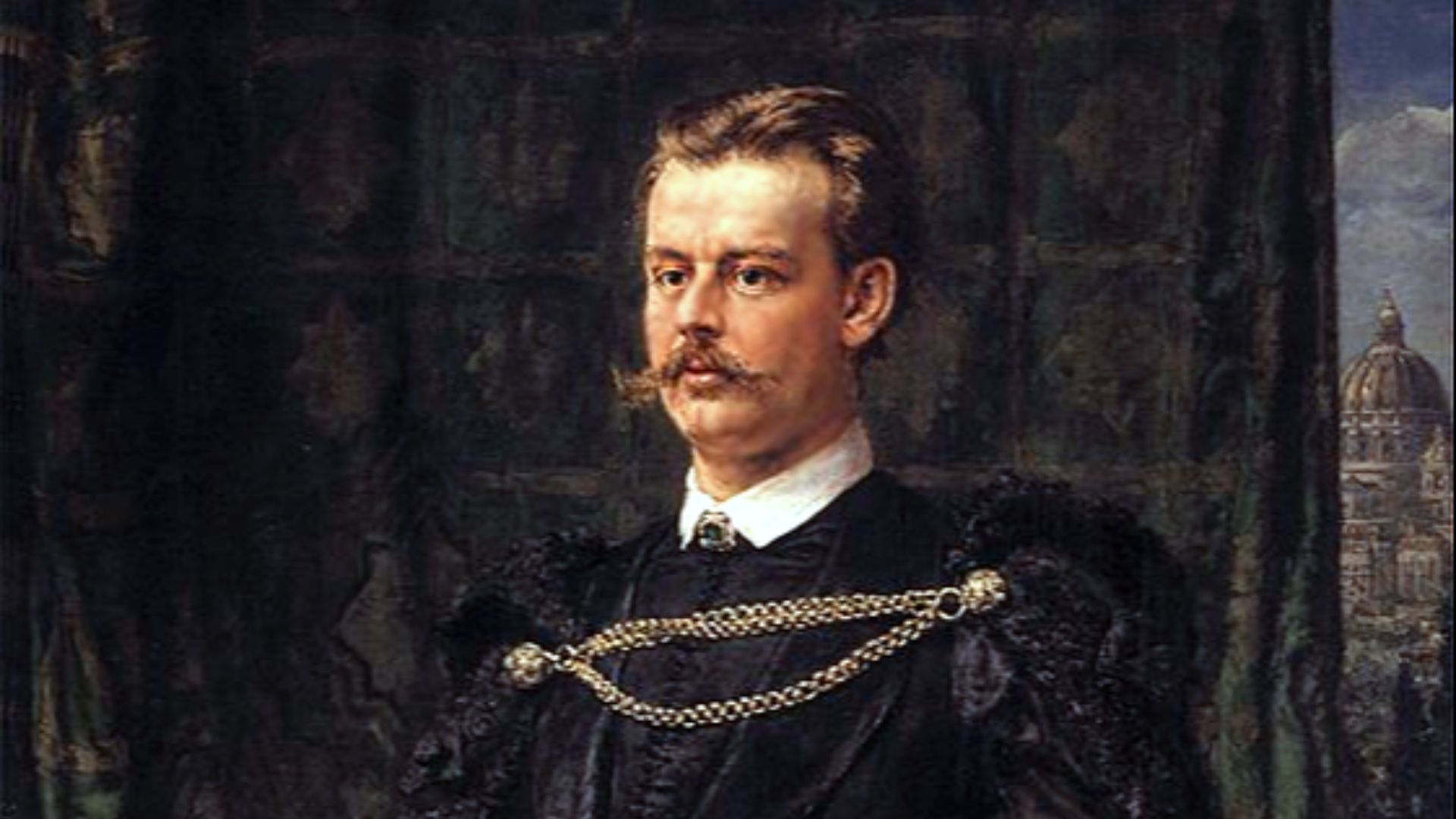 Jan Matejko, Wikimedia Commons
Jan Matejko, Wikimedia Commons
37. Her Husband Started Falling Apart
By 1887, things between Stéphanie and Rudolf were already tense—but then came the aggressive blowups. He was deeply unhappy and scarily unstable, and his public behavior turned dangerously erratic. He spoke openly of his own demise, as if he were rehearsing it. Behind palace walls, Stéphanie saw what others did not: Her husband was falling apart at the seams.
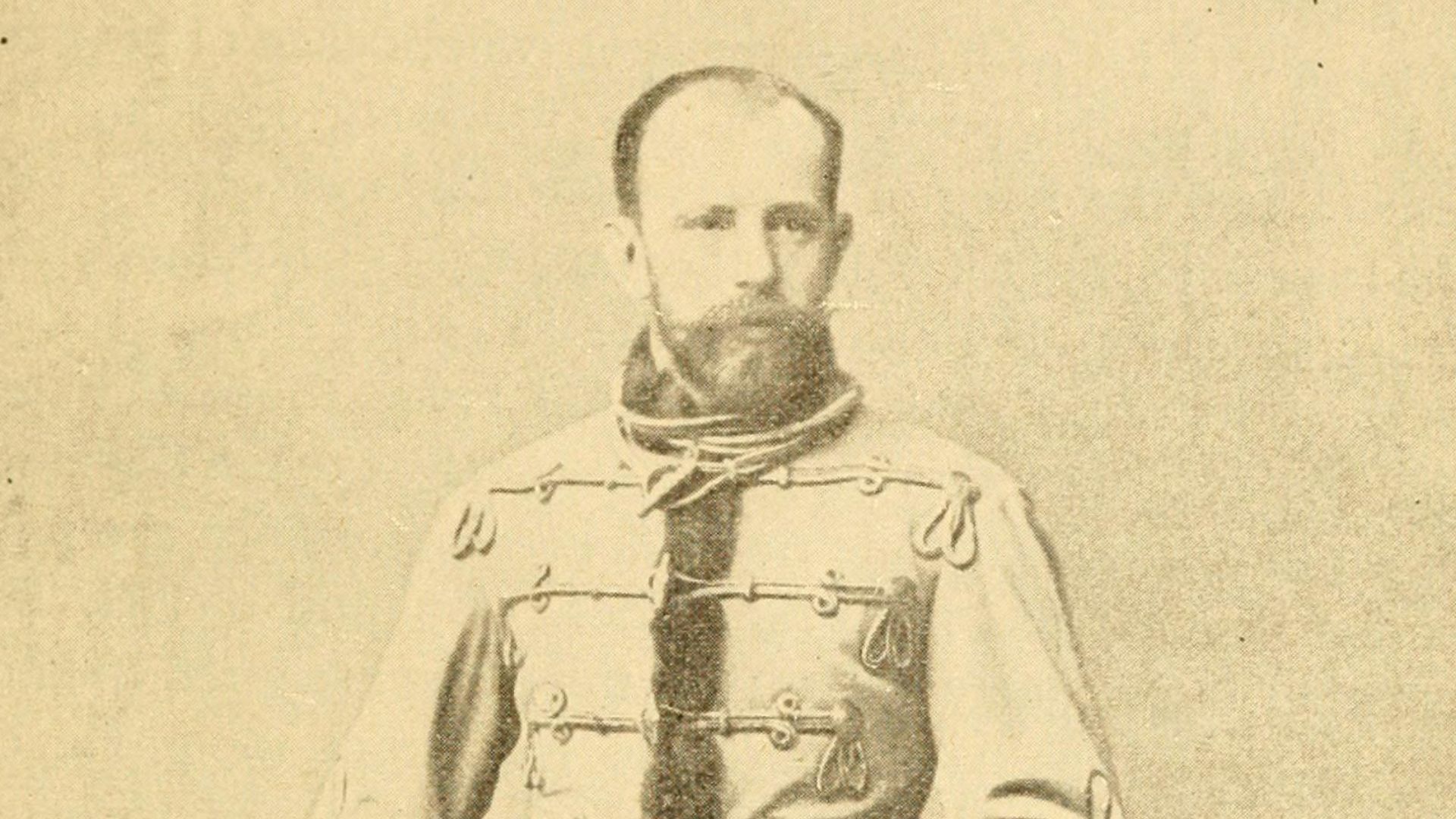 Internet Archive Book Images, Wikimedia Commons
Internet Archive Book Images, Wikimedia Commons
38. She Begged The Emperor To Save Her Husband
In October 1888, terrified by Rudolf’s downward spiral, Stéphanie went to her father-in-law, Emperor Franz Joseph, for help. She pleaded, “Rudolf is very ill,” but the Emperor waved her off. “It is your imagination that creates ghosts for you. Rudolf is doing very well," he replied coldly.
It was the final denial before the disaster.
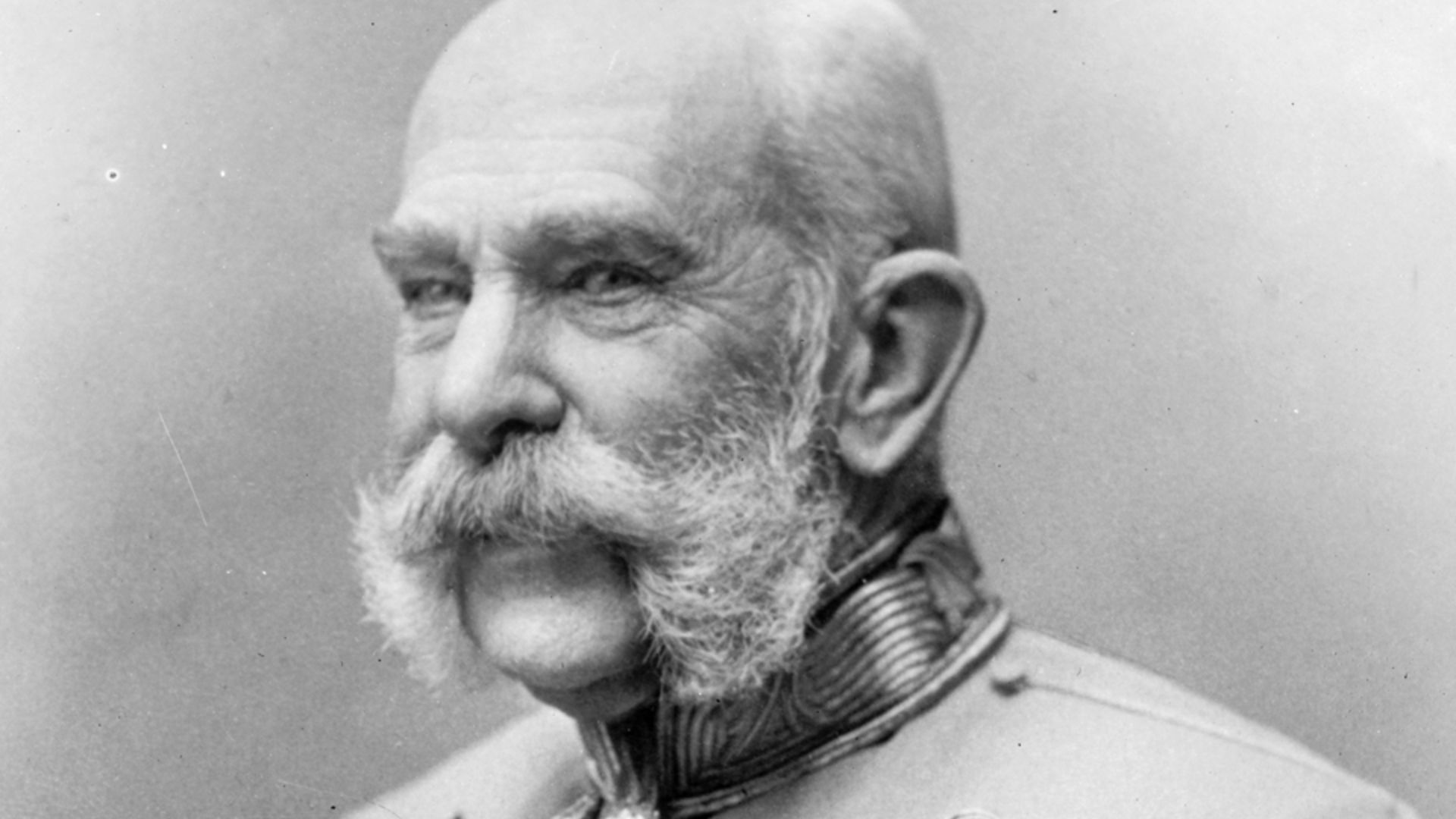 Bain News Service, publisher, Wikimedia Commons
Bain News Service, publisher, Wikimedia Commons
39. Her Husband Ended It All
In April 1888, Rudolf had begun an affair with the 17-year-old Baroness Mary Vetsera. Less than a year later, in January of 1889 and just months after Stéphanie’s warning to the Emperor, the unthinkable happened. Rudolf and Vetsera were found at the Mayerling hunting lodge…each with a shot in the head. It appeared to all like a lovers’ pact.
To Stéphanie, Rudolf left a chilling note: “You are delivered from my fatal presence… I calmly enter death which alone can save my good reputation”. At just 24, Stéphanie became a widow—and a national scapegoat.
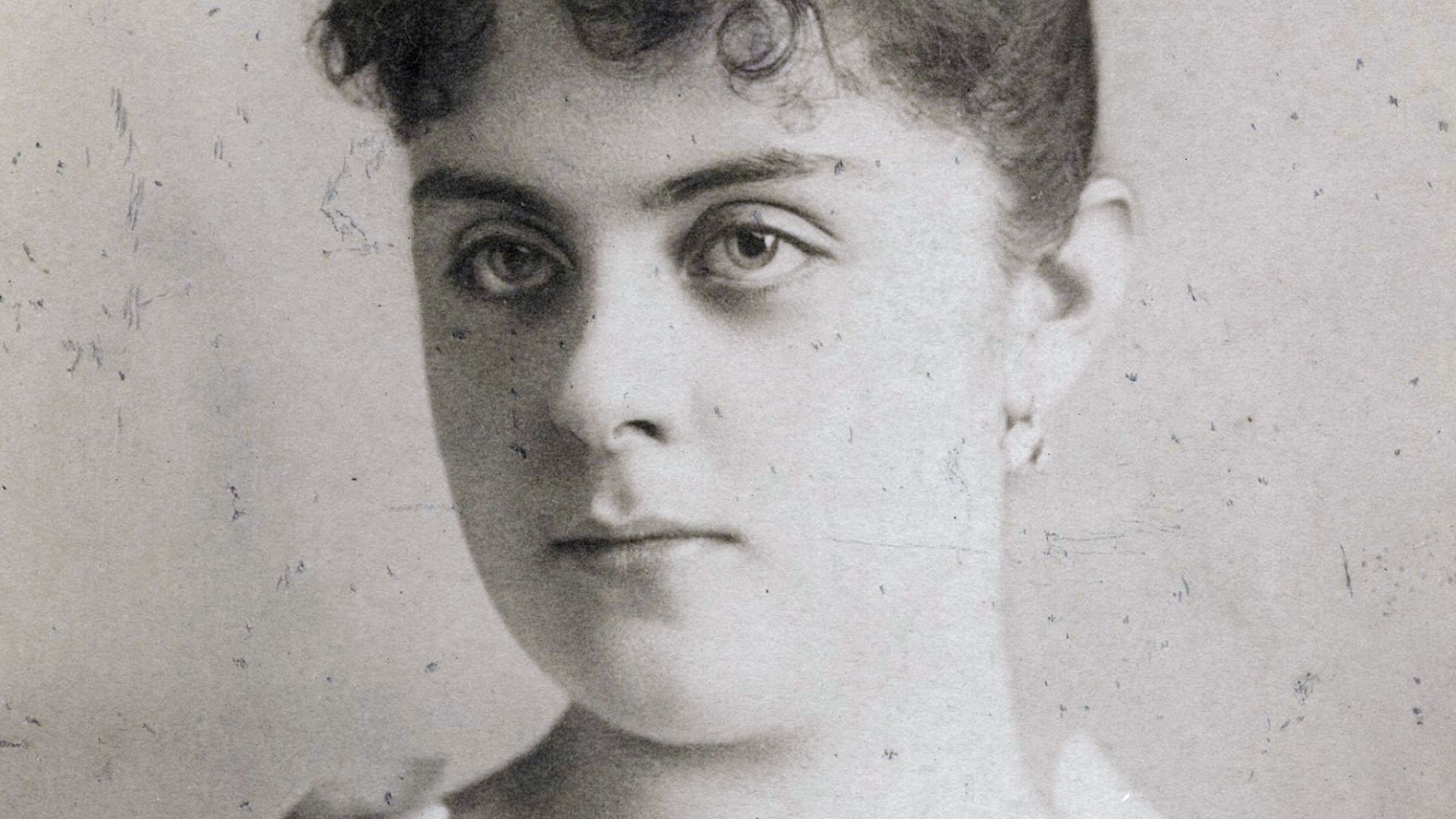 Atelier Turk, Wikimedia Commons
Atelier Turk, Wikimedia Commons
40. She Couldn’t Escape Austria
Grief-stricken and suffocating in Vienna, Stéphanie begged to return to Belgium to recover from the devastating news. However, neither Emperor Franz Joseph nor her father, King Leopold II, would grant her permission. Instead, they forced her to remain in Austria as the Dowager Crown Princess, quietly shamed and slowly erased.
Still, there was one bright spot in her life.
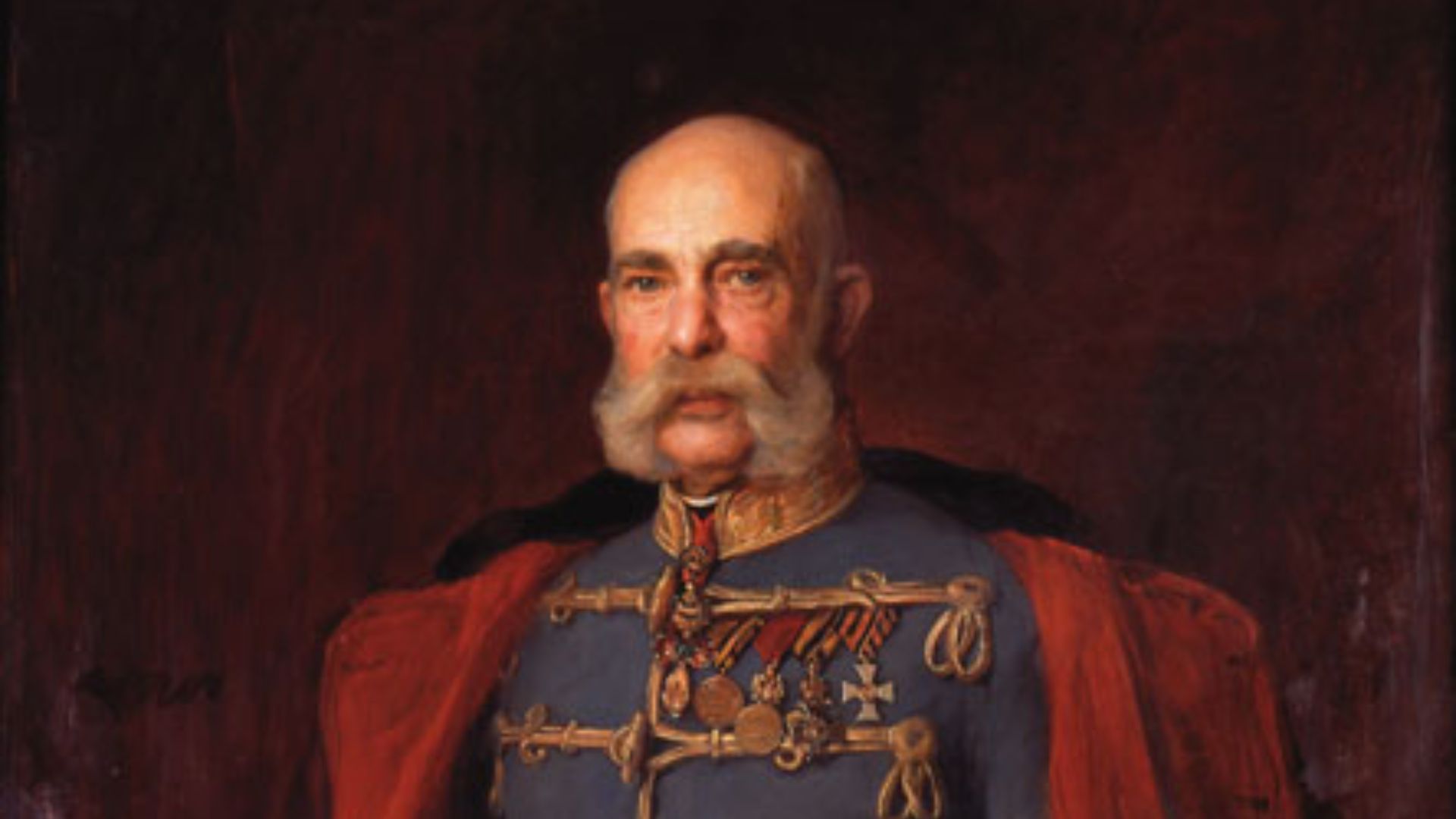 Philip de Laszlo, Wikimedia Commons
Philip de Laszlo, Wikimedia Commons
41. She Lost Her Love All Over Again
Even after Mayerling, Stéphanie had one anchor: Count Artur Potocki. She gave him the nickname “Hamlet” and he stayed close by her side as she mourned. Sadly, fate wasn’t finished with her yet. In 1890, just about a year after losing Rudolf (and her hope of becoming Empress), Potocki was diagnosed with laryngeal cancer. Shortly after that, Stéphanie was burying yet another lover.
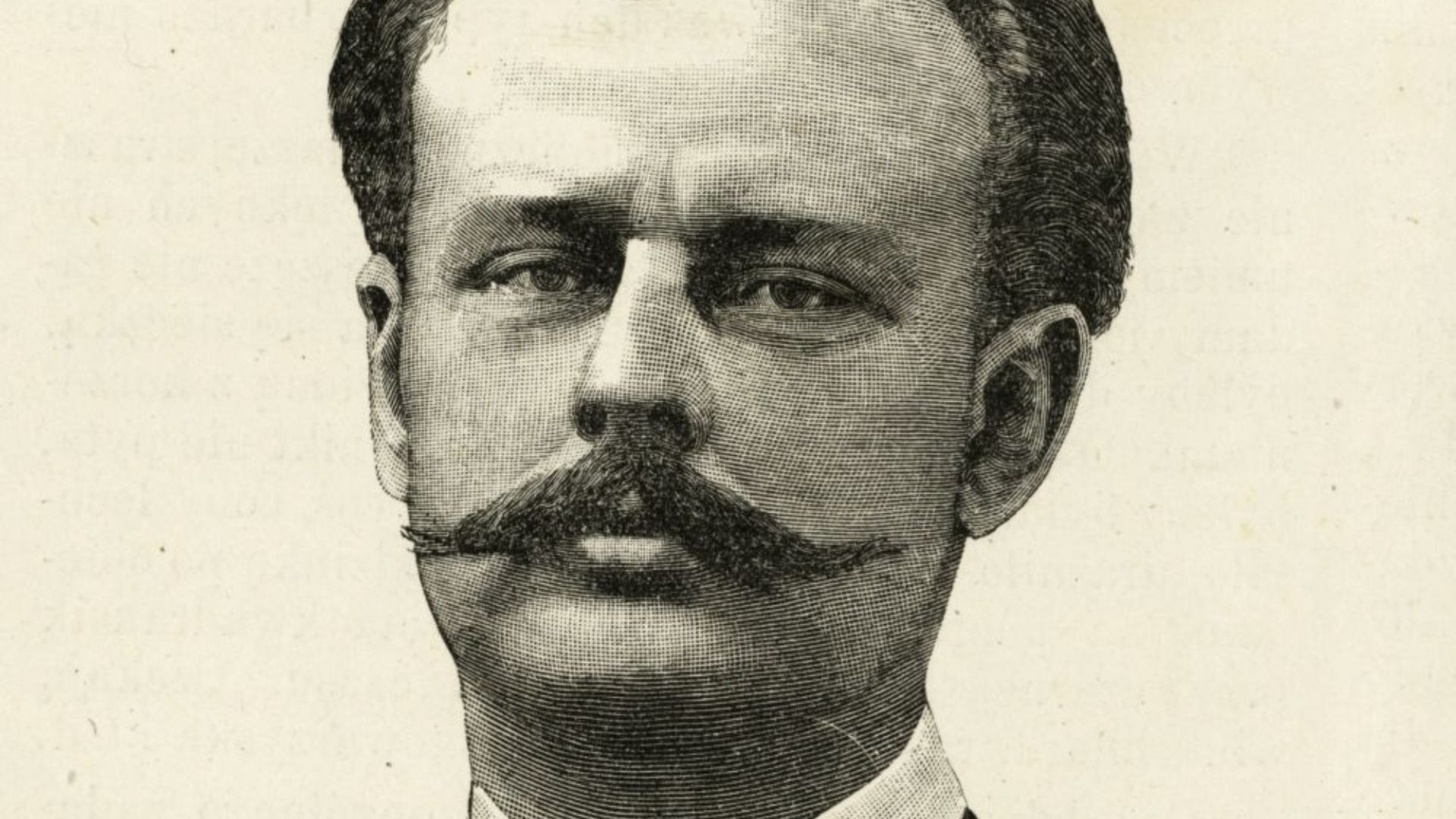 Paweł Boczkowski, Wikimedia Commons
Paweł Boczkowski, Wikimedia Commons
42. She Picked Her Own Future For Once
Instead of giving her time to mourn, Stéphenie’s father and father-in-law wanted her remarried—and soon. At first, they had their eyes on Archduke Franz Ferdinand (yes, that one). But Stéphanie had her own idea: a Hungarian count named Elemér Lónyay. There was just one problem. Or three. He was Protestant, barely older than her, and of a much, much lower rank.
Nevertheless, her heart was set.
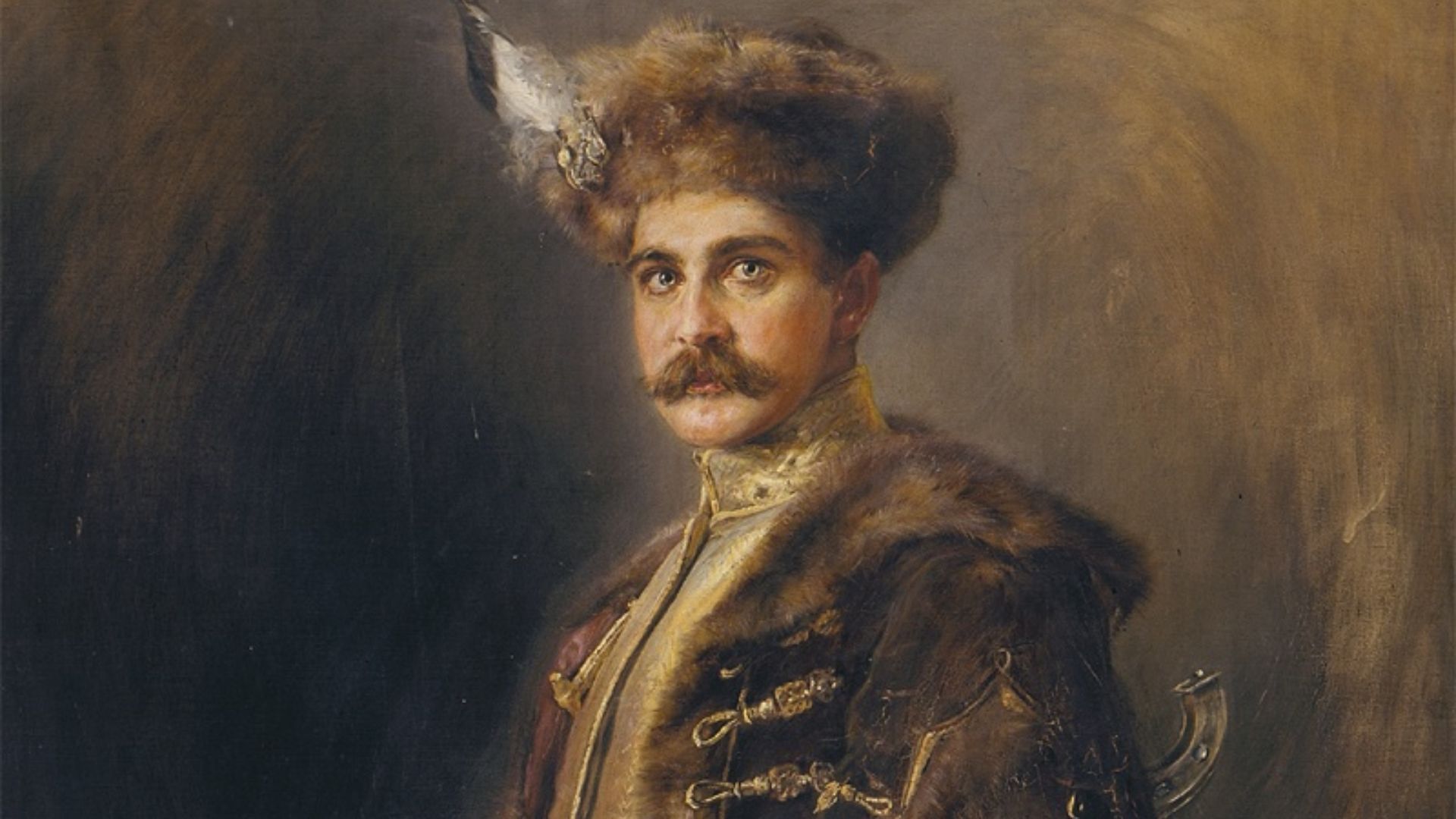 Jozsef Arpad Koppay, Wikimedia Commons
Jozsef Arpad Koppay, Wikimedia Commons
43. Her Father Refused To Give His Blessing
Given Lónyay’s inferior status, Stéphanie knew that her father wouldn’t approve of the match. So, she wrote to Queen Victoria for support, hoping that the “Grandmother of Europe” might bend his will in her favor. But she was terribly mistaken. When the Belgian king received Queen Victoria’s letter, he was livid.
He absolutely refused to Stéphanie his consent despite the queen's encouragement. Consent, however, was the least of the things he withheld from his daughter.
44. Her Own Family Disowned Her
Infuriated at her insistence on marrying Lónyay, Stéphanie’s Belgian family cut ties with her completely. Her father even forbade Stéphanie’s sister, Clémentine, from writing to her. Leopold II wasn’t done with his daughter yet. Had it not been for Stéphanie’s father-in-law, her own father would have stripped her of her titles and allowance.
But the damage was already done.
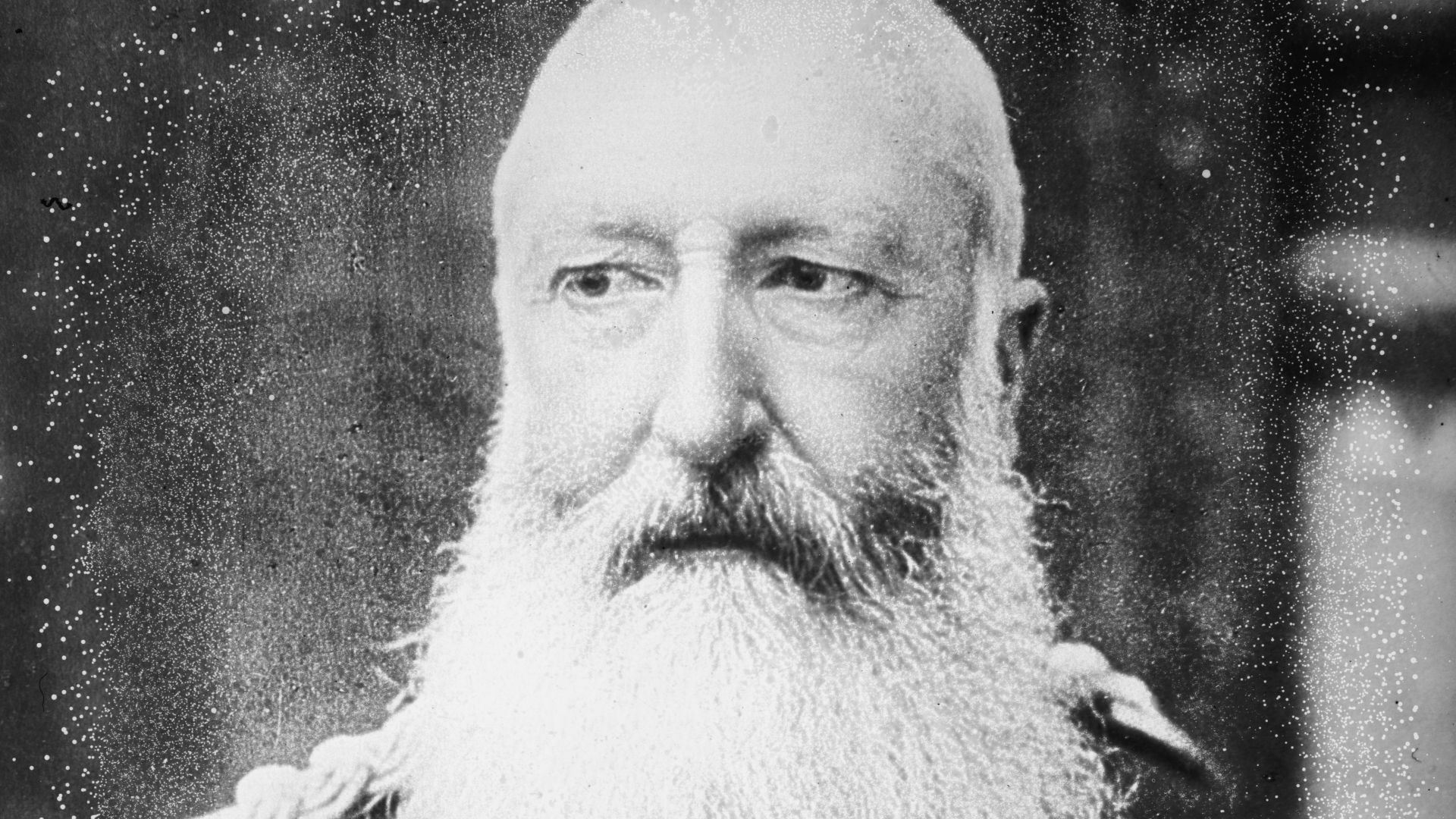 Bain News Service, publisher, Wikimedia Commons
Bain News Service, publisher, Wikimedia Commons
45. She Married For Love Anyway
On March 22, 1900, at Miramare Castle, Stéphanie defied her father, her mother, and her Imperial in-laws. After 11 long years of widowhood and mourning, she married Count Elemér Lónyay. But her love cost her everything. Following her second marriage, Stéphanie lost her imperial titles while her daughter stayed behind in Vienna.
At least she had the public’s support.
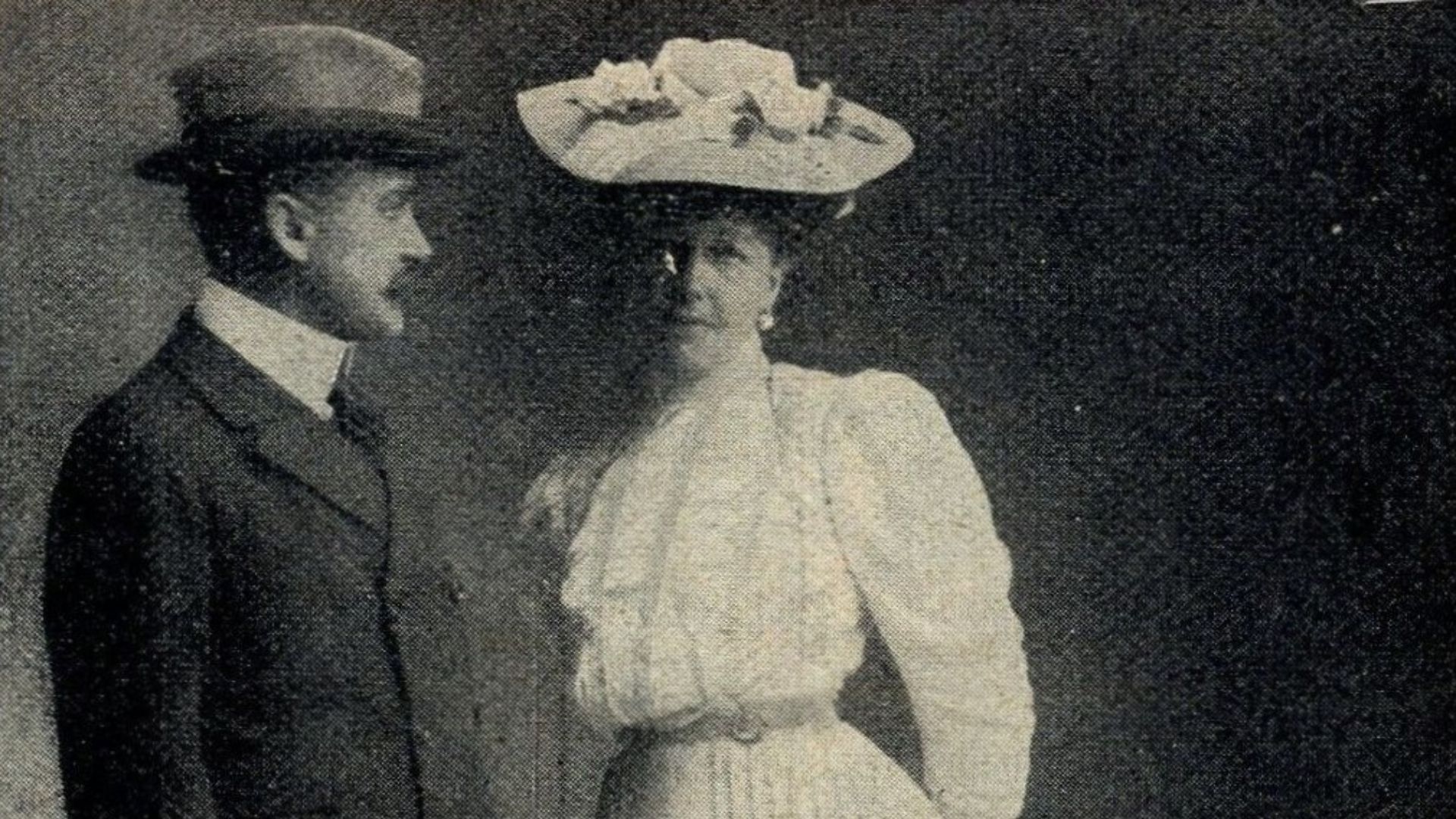 not credited, Wikimedia Commons
not credited, Wikimedia Commons
46. She Was No Longer Princess Dowager
While Stéphanie’s family fumed over her defiance, the public watched on with awe and cheered her bold decision. The Viennese journal Die Presse commented that there was a “certain marvelous romanticism in the act” and noted that Stéphanie would “soon cease to be Princess Dowager”. Sadly, Stéphanie had no idea that her happiness would bring down her royal house.
 Unknown Author, Wikimedia Commons
Unknown Author, Wikimedia Commons
47. She Never Got To Say Goodbye
In 1902, Stéphanie was in London when she received word that her mother had passed. Heartbroken, she rushed to Spa to pay her respects—but she’d never get the chance. King Leopold II, still fuming over her morganatic marriage, wouldn't permit her at the funeral. Grieving and humiliated, she returned to London without saying a final goodbye.
Her father wasn’t done with her yet.
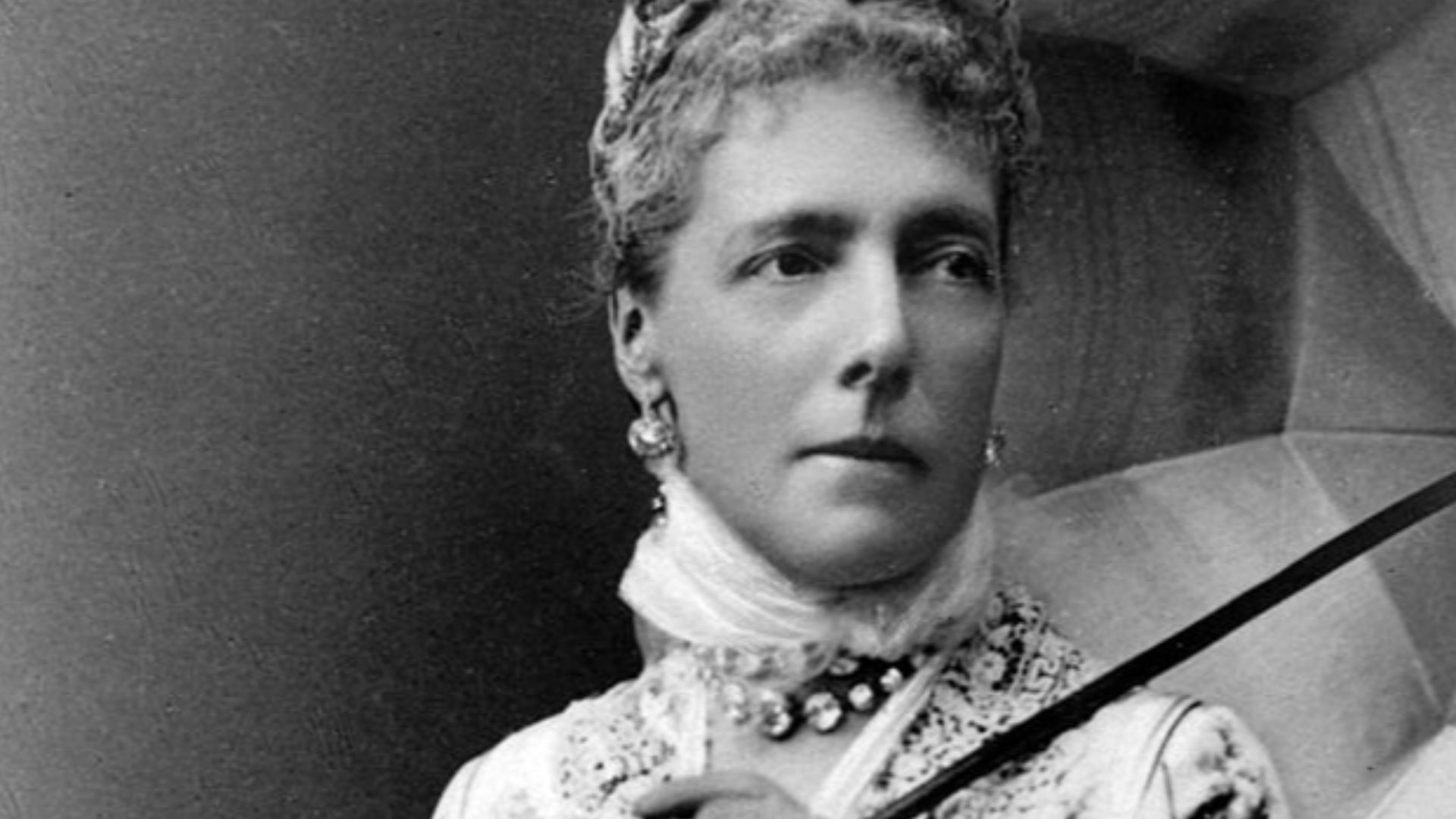 Unknown authorUnknown author, Wikimedia Commons
Unknown authorUnknown author, Wikimedia Commons
48. Her Father Left Her Nothing
Two days before King Leopold II passed in 1909, he refused to see Stéphanie one last time. But the salt in her emotional wound came after her father was buried. Once he was in the ground, she discovered the true depth of his betrayal: he’d left most of his fortune to his mistress, Caroline Lacroix. The rest he hid in shell companies to keep from Stéphanie and her sisters.
This last insult, she wouldn’t take lying down.
49. She Fought For Her Birthright
Even the Belgian state took pity on Stéphanie and offered her and her sisters a payout: two million francs each. At first, Stéphanie accepted—then she changed her mind. What followed was a legal circus that dragged on for years, pitting Stéphanie against the Belgian state and anyone who stood between her and her birthright. Eventually, Stéphanie won the battle, walking away with five million francs.
She may not have been an Empress, but, with her father’s inheritance, she could certainly live like one.
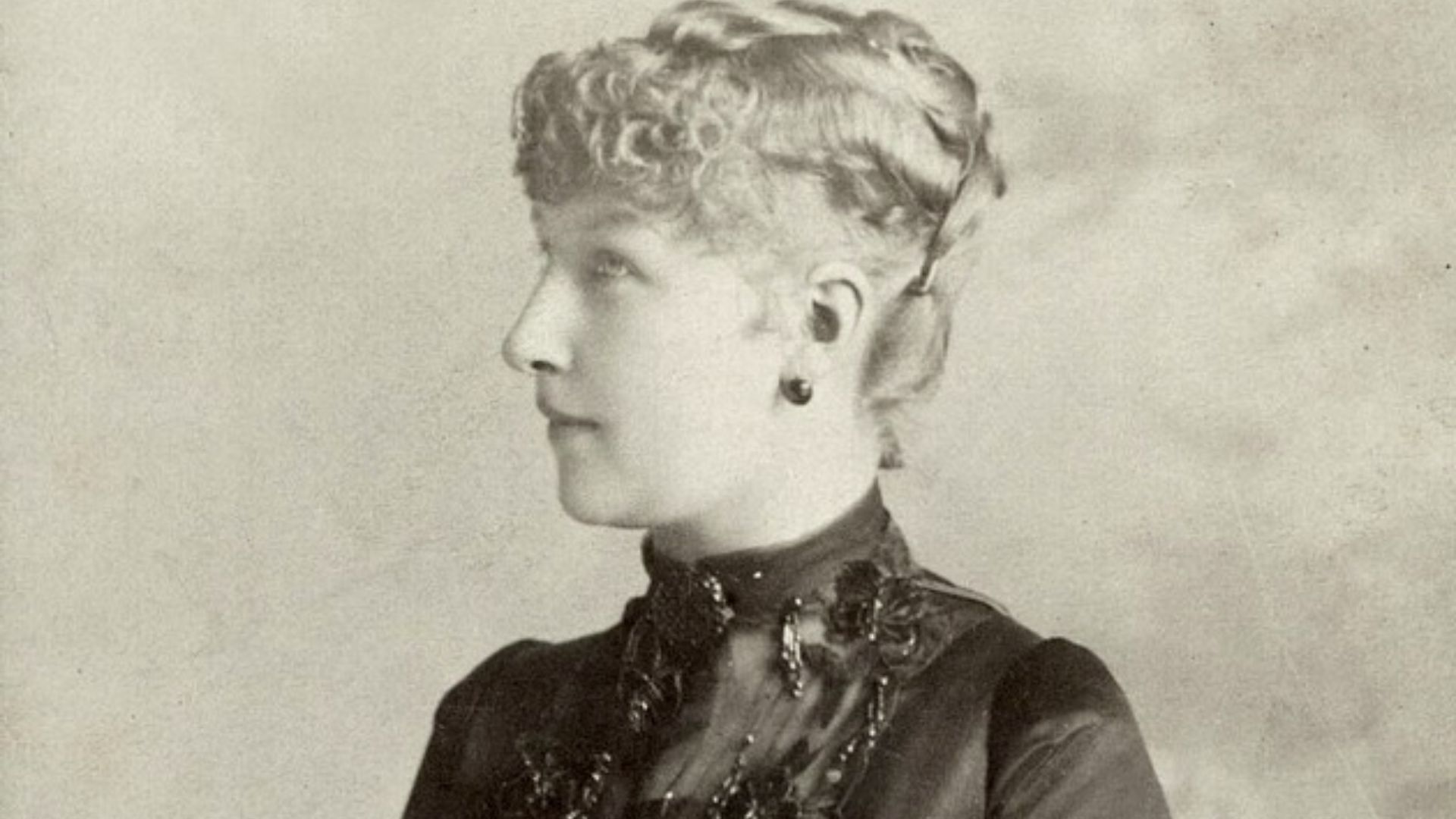 Unknown authorUnknown author, Wikimedia Commons
Unknown authorUnknown author, Wikimedia Commons
50. She Built Her Own Kingdom
In 1906, Stéphanie and her husband, Lónyay, bought the Rusovce Mansion in Hungary. The estate spanned over 2,400 hectares and bloomed with gardens she helped design herself. Irmgard Schiel, writing about this period in Stéphanie’s life, said, “The princess was at the same time a lord, mistress of the house, manager of the estate, garden architect and hostess”.
That sounds better than Empress.
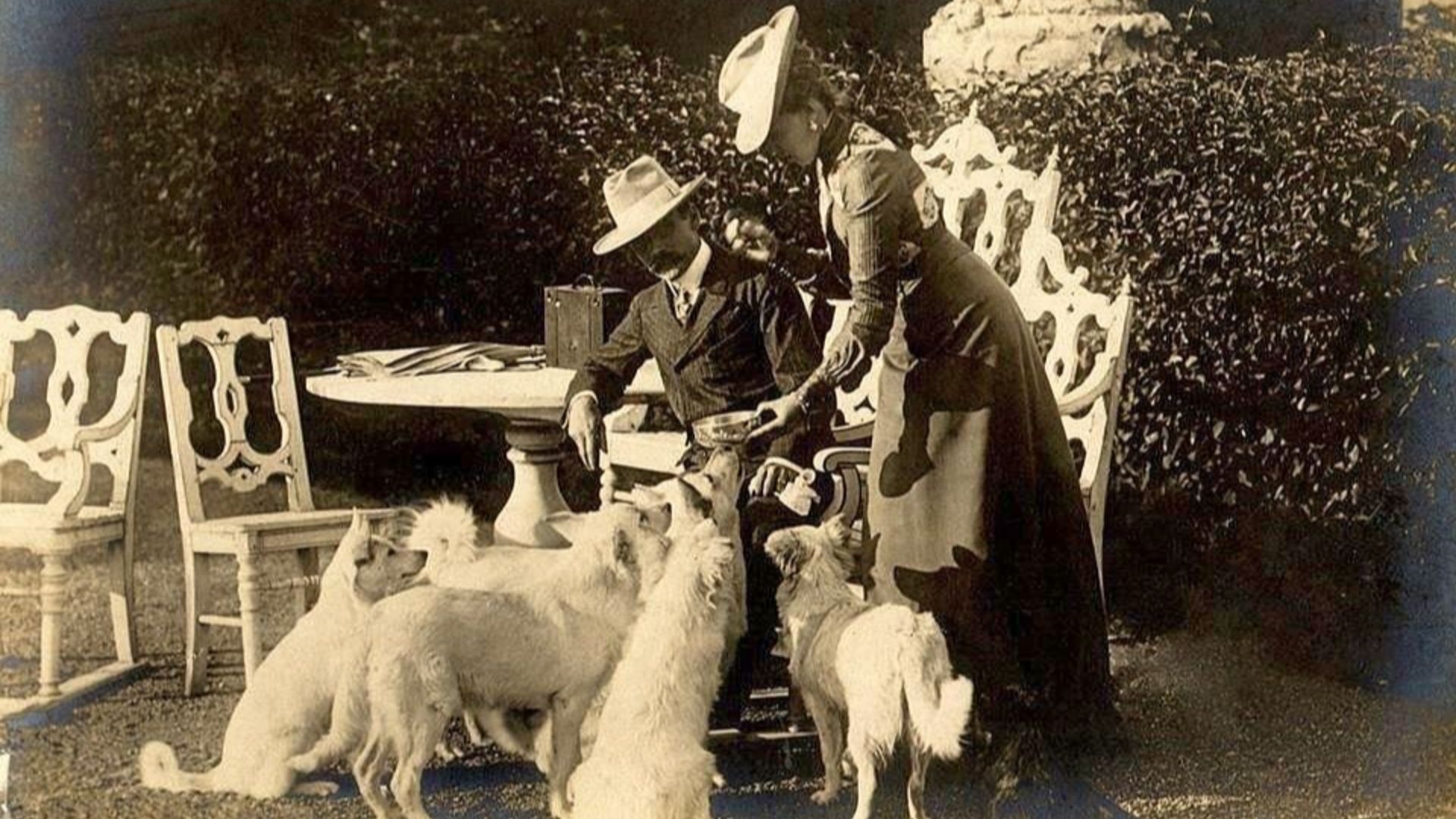 Unknown authorUnknown author, Wikimedia Commons
Unknown authorUnknown author, Wikimedia Commons
51. She Traded Crowns For Camaraderie
Stéphanie lived to see the fall of imperialism and royal houses as WWI and WWII ravaged the European continent. In her later years, as long as her health allowed it, she and Lónyay traveled and mingled with fellow imperial exiles, including deposed royals like Tsar Ferdinand I and Empress Zita. A peaceful, even pastoral, end awaited her.
 Unknown Author, Wikimedia Commons
Unknown Author, Wikimedia Commons
52. She Found Her Independence In The End
In April 1945, as the Red Army swept into Hungary, the conflict darkened Stéphanie’s doorstep. But her days of meddling in imperial affairs were over. She and her husband fled their mansion for the safety of Pannonhalma Archabbey. There, just months after finding peace at last, on August 23, Stéphanie passed on, succumbing to a stroke at the age of 81.
She never did become Empress—but she did become independent in the end.
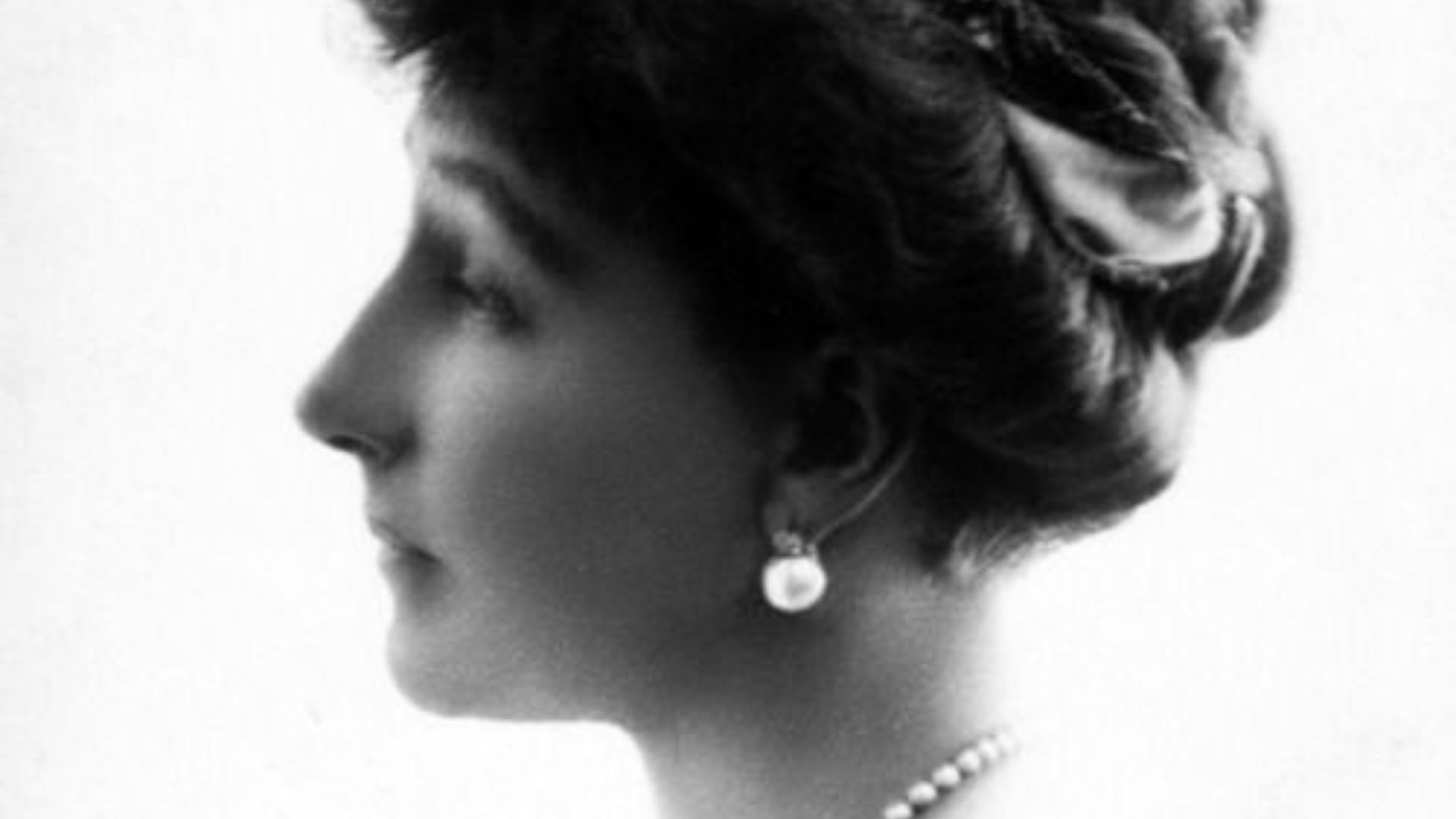 Unknown authorUnknown author, Wikimedia Commons
Unknown authorUnknown author, Wikimedia Commons
You May Also Like:
The Romanovs Only Had Themselves To Blame
America’s First Prima Ballerina Didn’t Fit In

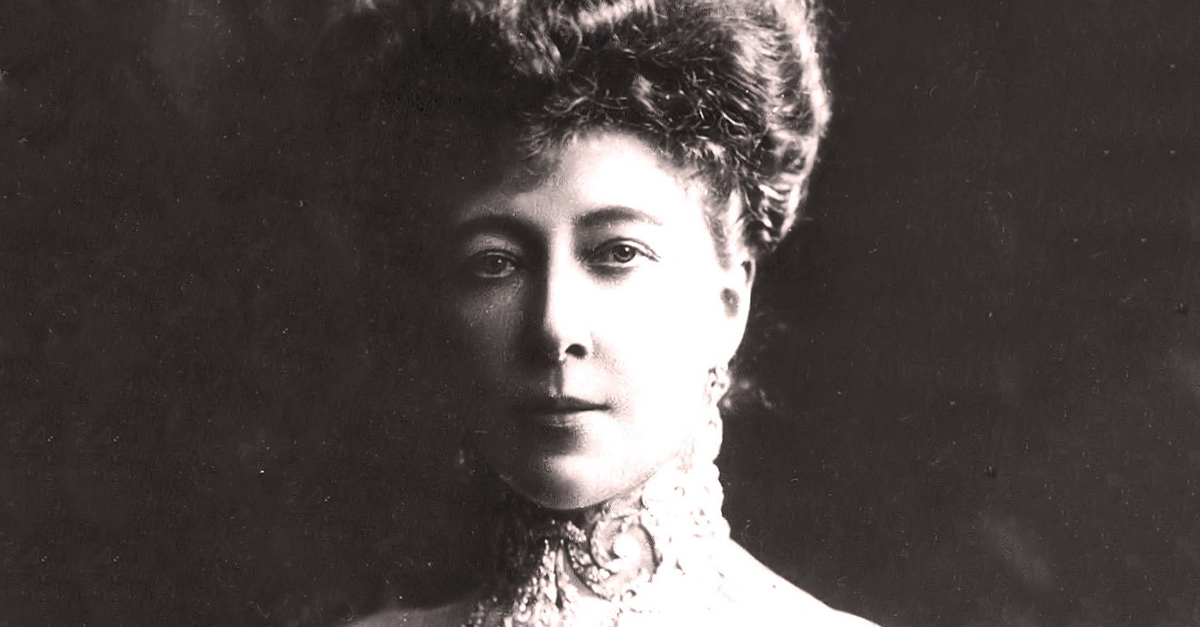

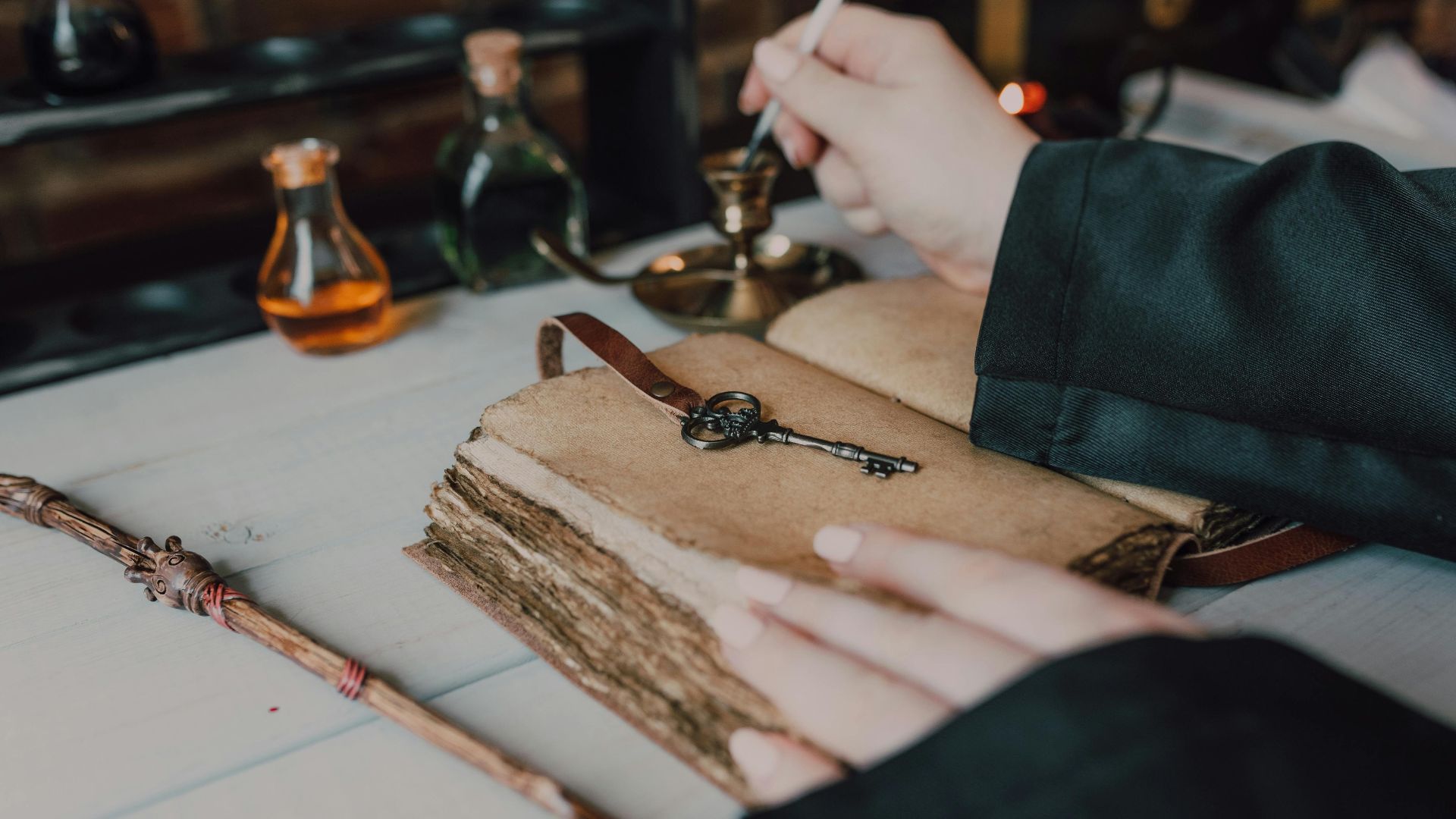
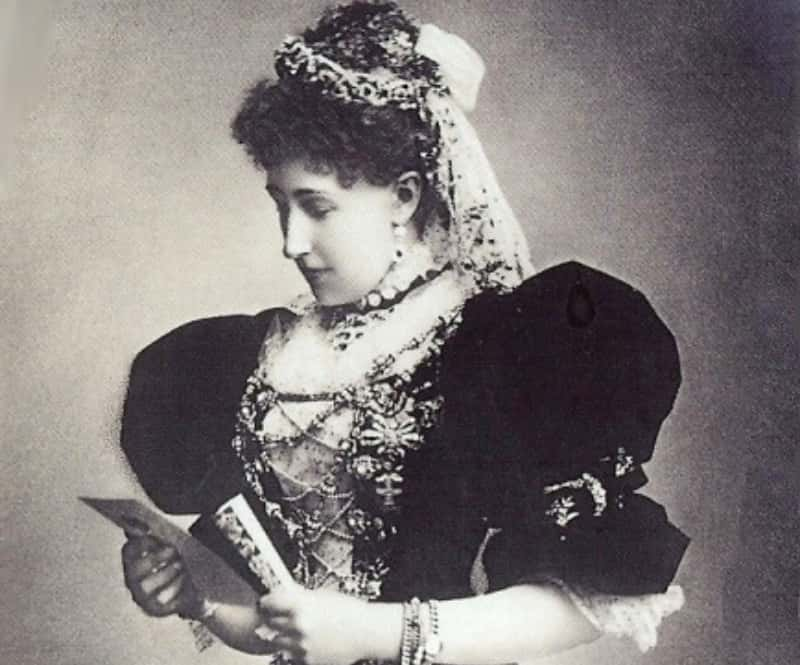
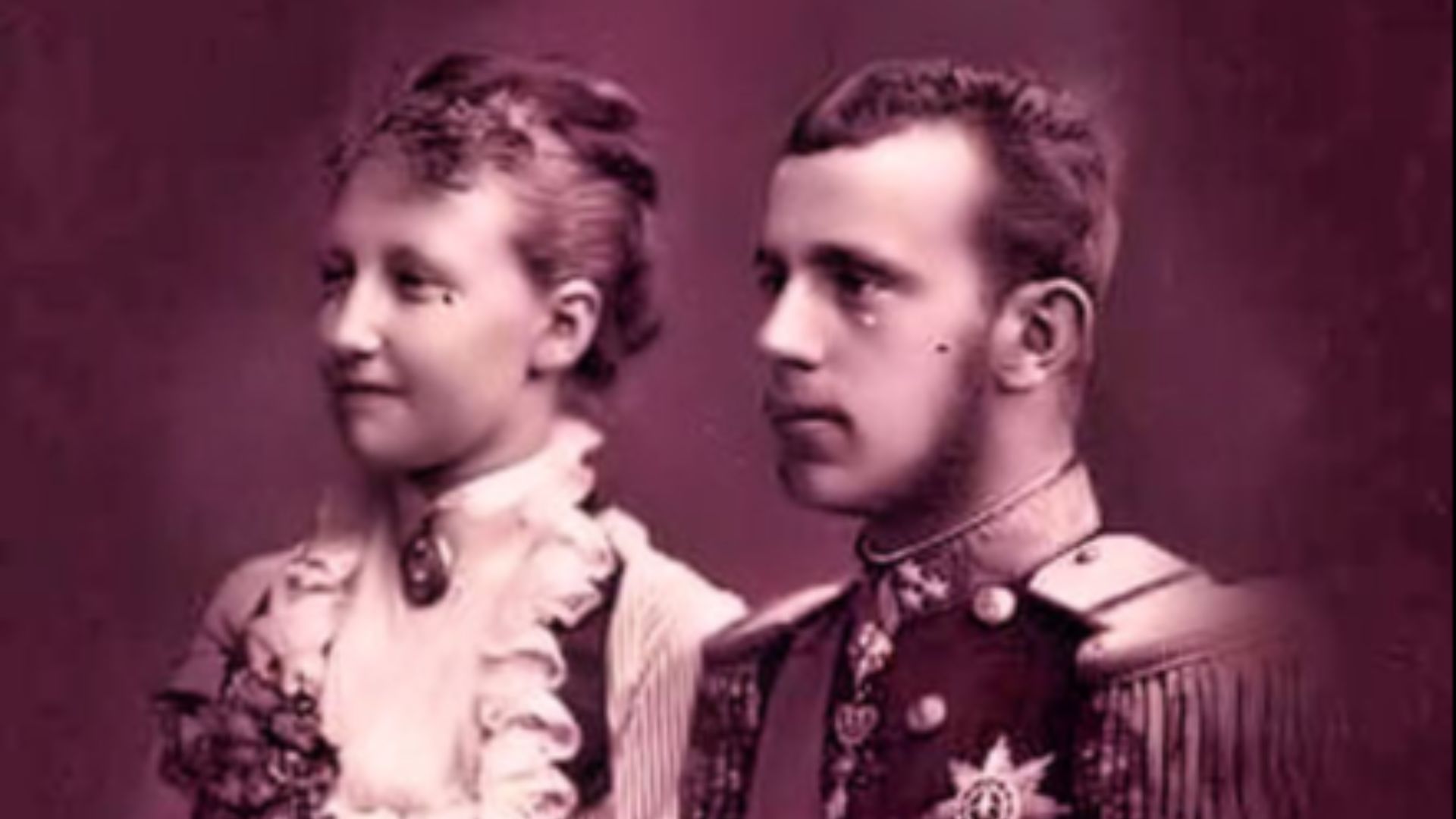

![Gettyimages - 598813581, Princess Stephanie of Austria and Count Lonyay, c1903, (1903) Princess Stephanie of Austria and Count Lonyay, circa 1903, (1903). In 1900 Stéphanie renounced her title of Crown Princess to marry the younger, and Protestant, Hungarian Count Elemer Lonyay. From The Pall Mall Magazine Volume XXXI, edited by George R. Halkett. [Editorial and Publishing Offices, London, 1903] Artist: Lambert Western & Son.](https://www.factinate.com/storage/app/media/factinate/2025/5/13/4-2.jpg)
